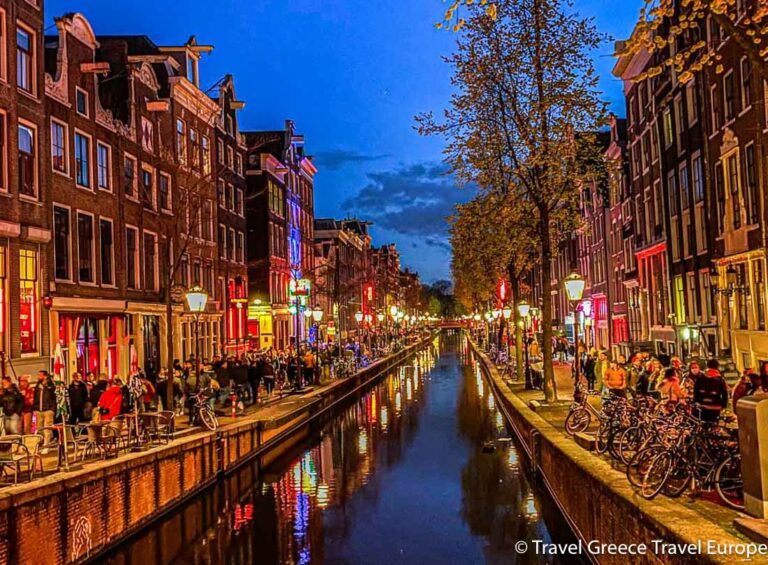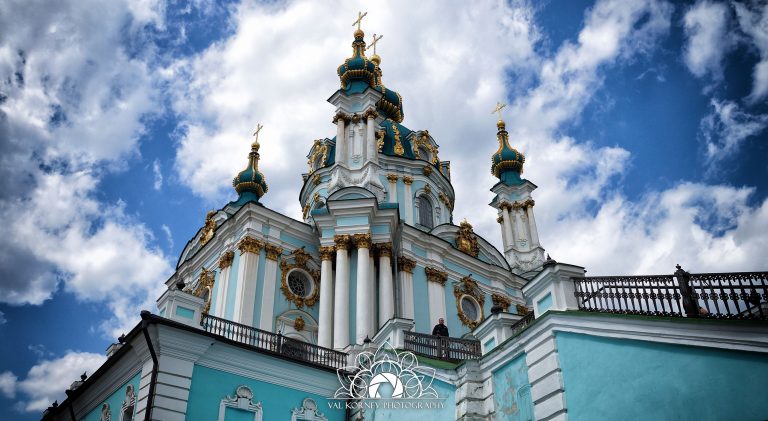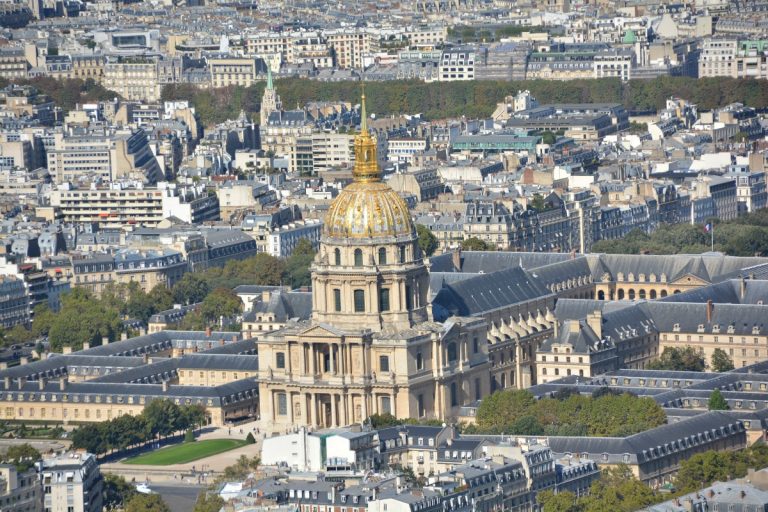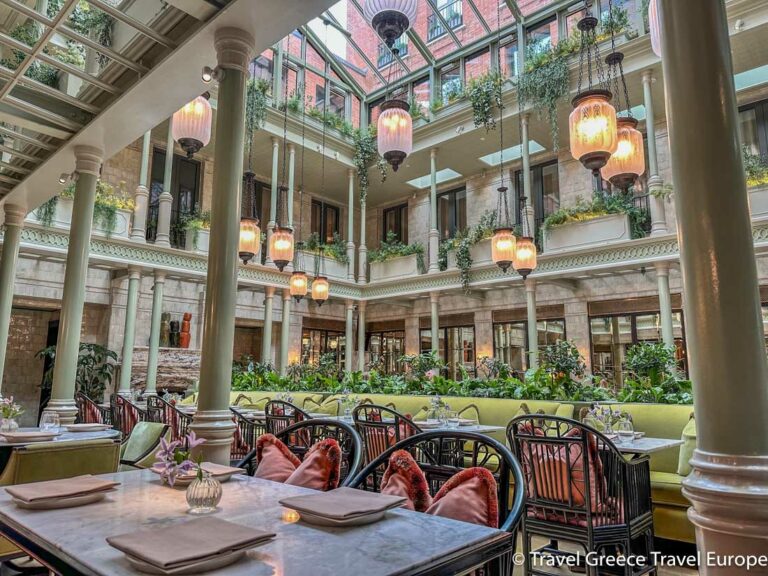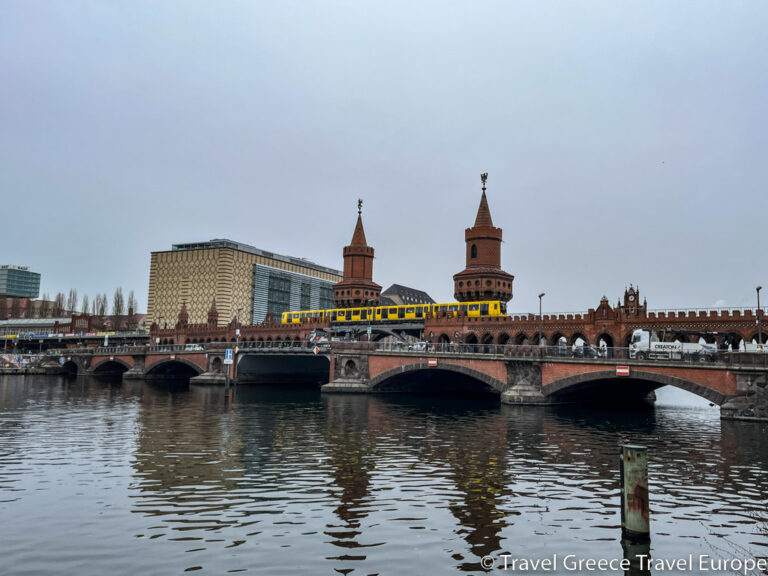Paris for Art Lovers: The Ultimate Guide
When you think of Paris, you imagine a city where art breathes life into every corner. From the grandeur of its world-renowned museums to the vibrant street art that decorates its neighborhoods, Paris is an art lover’s paradise. This guide highlights the city’s artistic treasures, where to find the most famous paintings in Paris, offering insider tips and must-see recommendations to ensure you experience the best of Parisian art and culture.
Paris for Art Lovers: The Ultimate Guide
The Must-See Museums of Paris
Musée d’Orsay
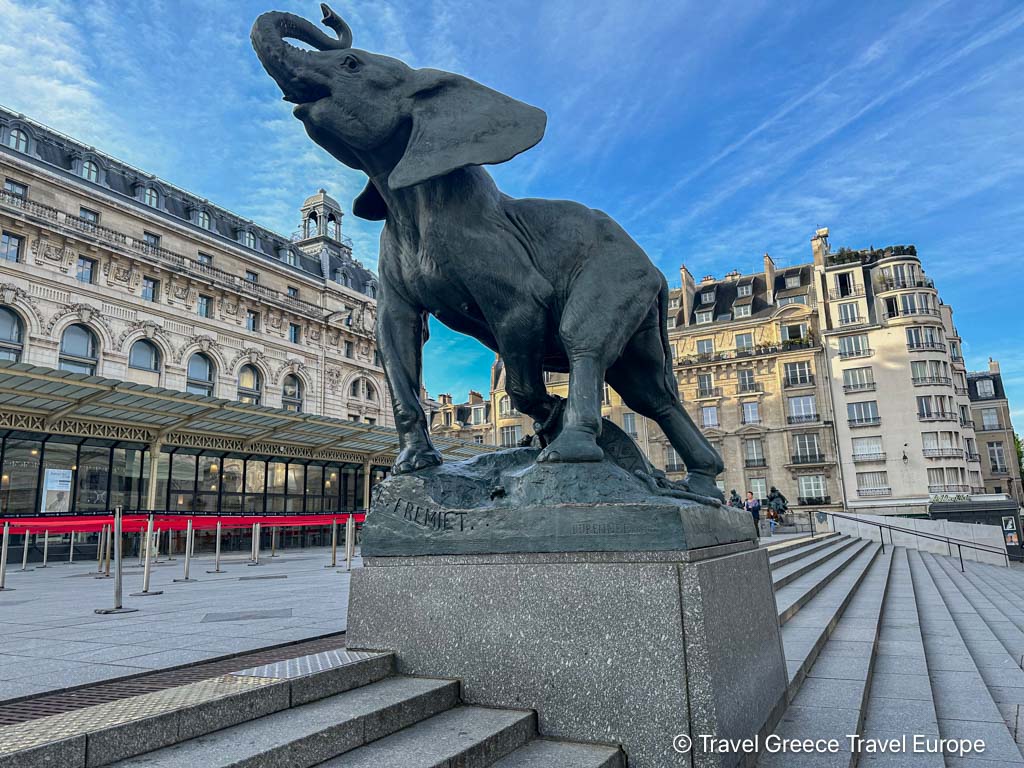
Situated on the left bank of the Seine River, the Musée d’Orsay is one of Paris’s premier art museums, renowned for its vast collection of Impressionist and Post-Impressionist masterpieces. Housed in a stunning Beaux-Arts railway station built between 1898 and 1900, the museum opened its doors in 1986 and has since become a must-visit for art lovers from around the world.
Practical Information
Location: 1 Rue de la Légion d’Honneur, 75007 Paris, France.
Hours: Open daily from 9:30 AM to 6:00 PM, with extended hours until 9:45 PM on Thursdays. Closed on Mondays and May 1st.
Tickets: It is recommended to purchase tickets online in advance to avoid long queues. Combined tickets with the Musée de l’Orangerie are also available.
Accessibility: The museum is wheelchair accessible, with elevators and restrooms available for visitors with disabilities.
The Collection
The Musée d’Orsay’s collection primarily spans the period from 1848 to 1914, bridging the gap between the classical art of the Louvre and the modern creations of the Centre Pompidou. Its extensive holdings include works in painting, sculpture, photography, and decorative arts. If you enjoy taking a guided tour, I highly recommend this tour Highlights of the Musée d’Orsay Tour: Meet the Impressionists.
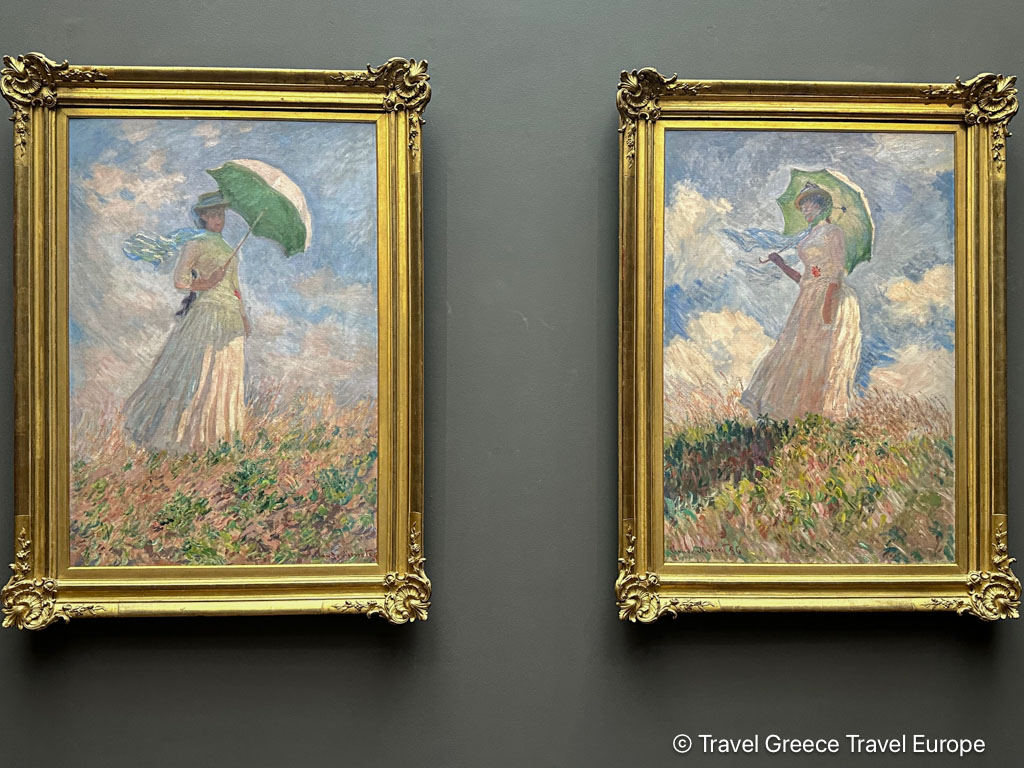
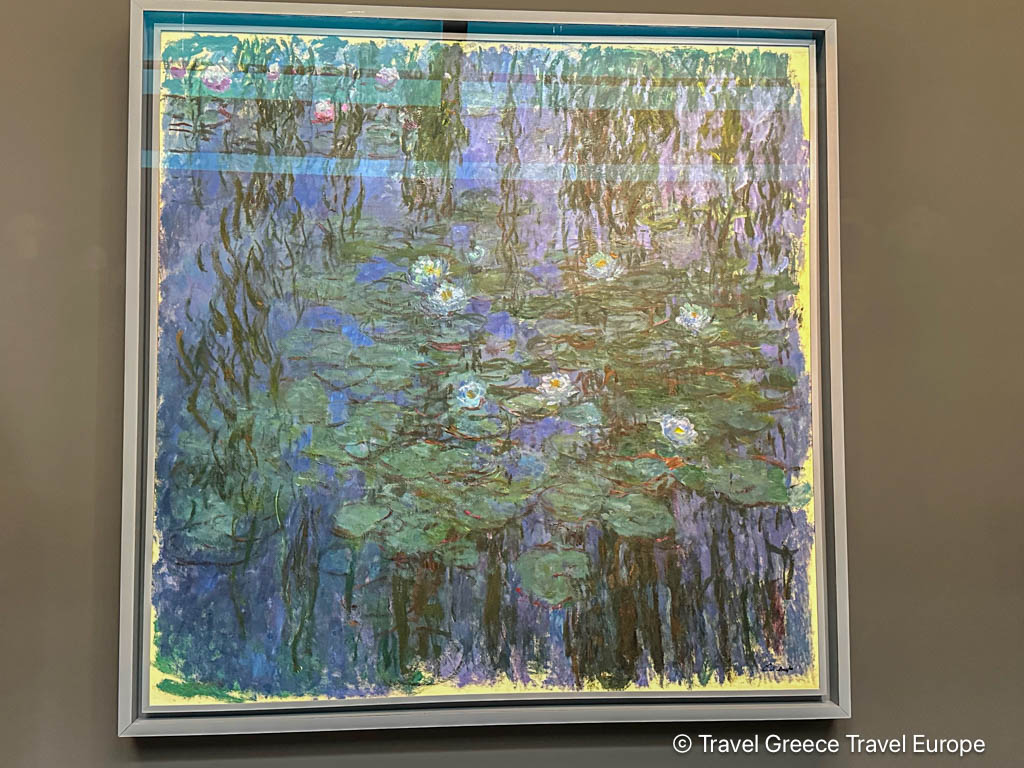
Key Highlights:
Impressionist Masters: The museum boasts an extraordinary collection of Impressionist paintings, featuring works by Claude Monet, Édouard Manet, Edgar Degas, Pierre-Auguste Renoir, and Camille Pissarro.
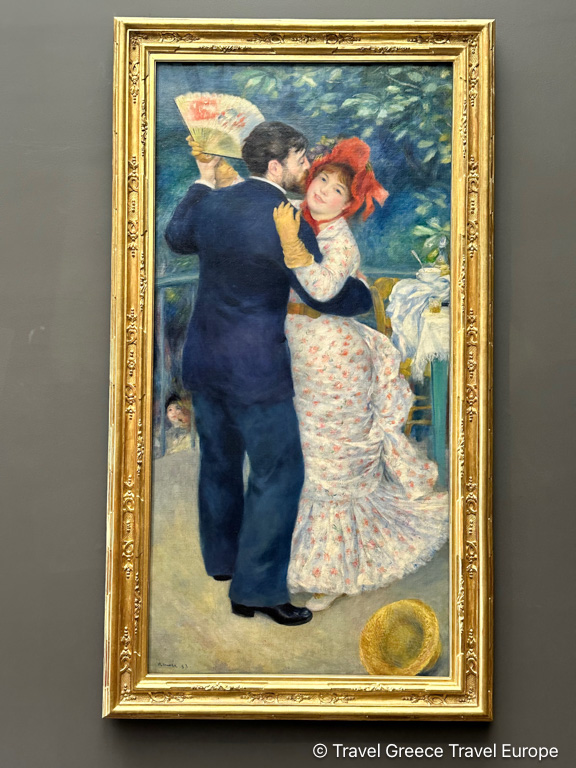
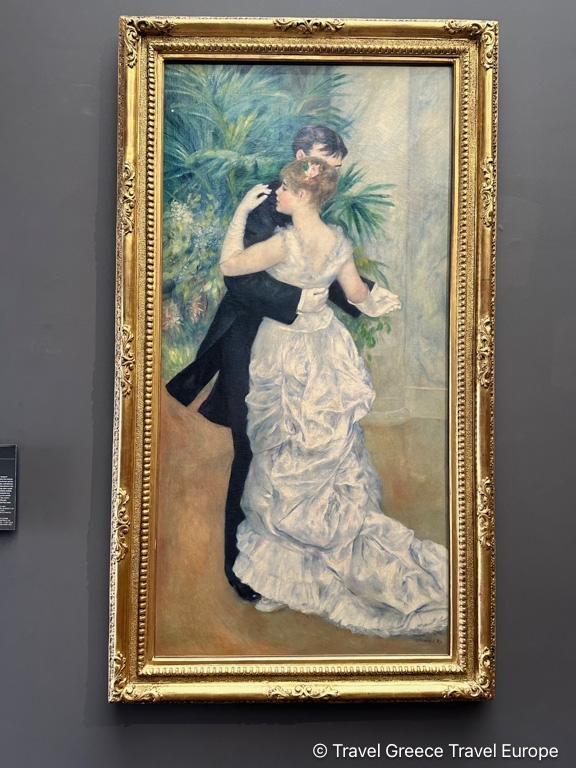
Post-Impressionist Innovators: The Post-Impressionist section includes iconic works by Vincent van Gogh, Paul Cézanne, Georges Seurat, and Paul Gauguin, showcasing the evolution of modern art.
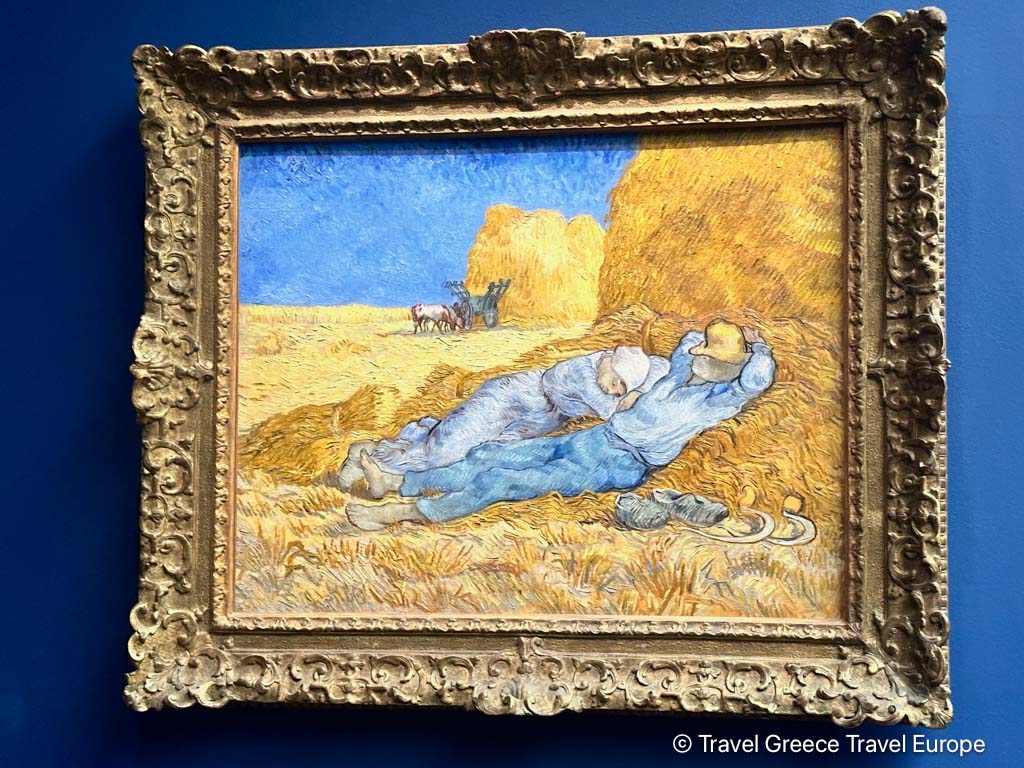
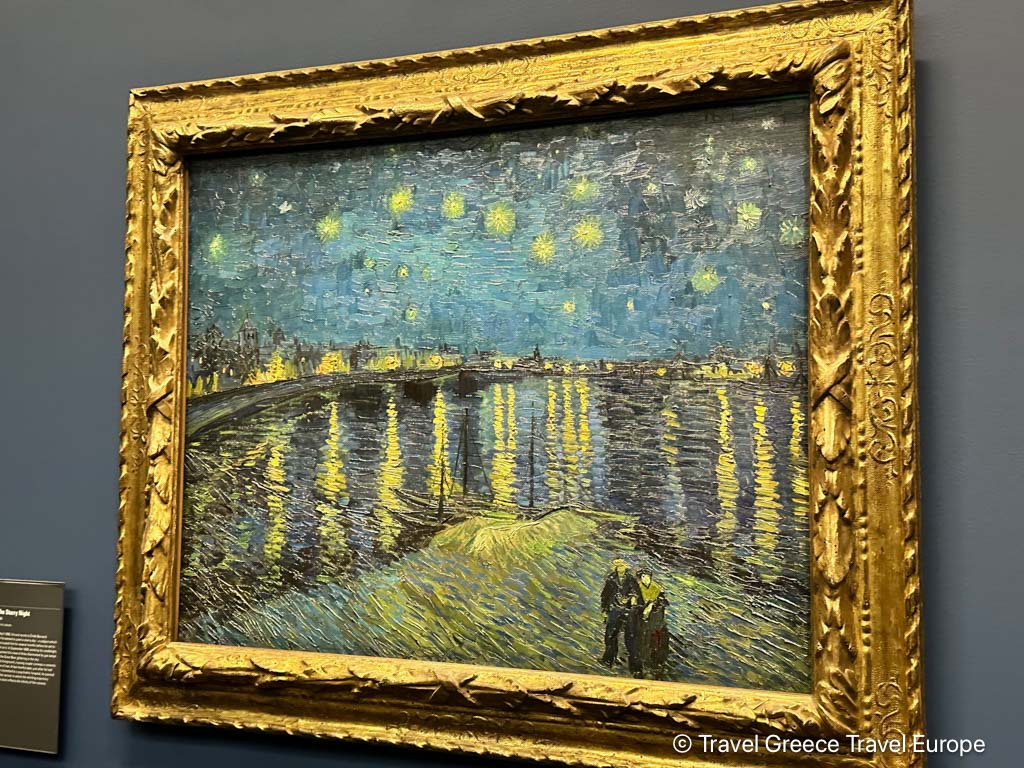
Symbolist and Academic Art: In addition to the Impressionist and Post-Impressionist masterpieces, the museum houses significant works from the Symbolist and Academic movements, including pieces by Gustave Moreau and William Bouguereau.
Sculpture Collection: The sculpture collection features works by Auguste Rodin, Aristide Maillol, and Jean-Baptiste Carpeaux, among others.
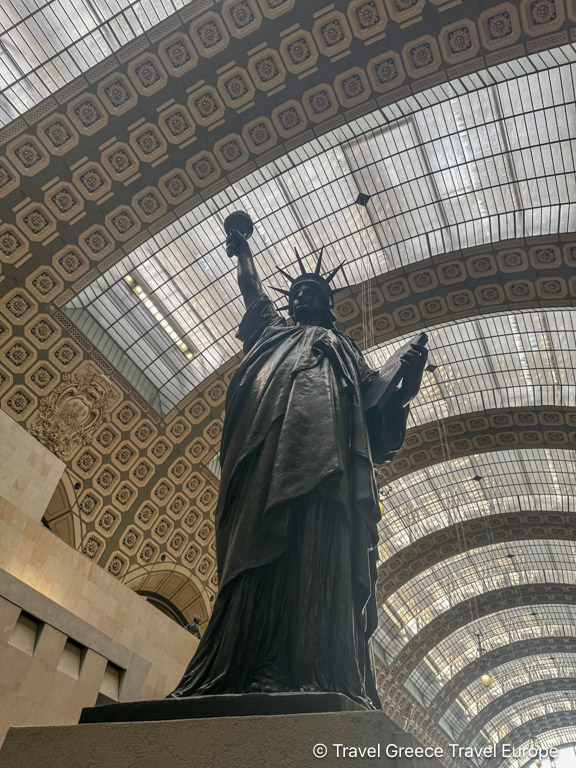
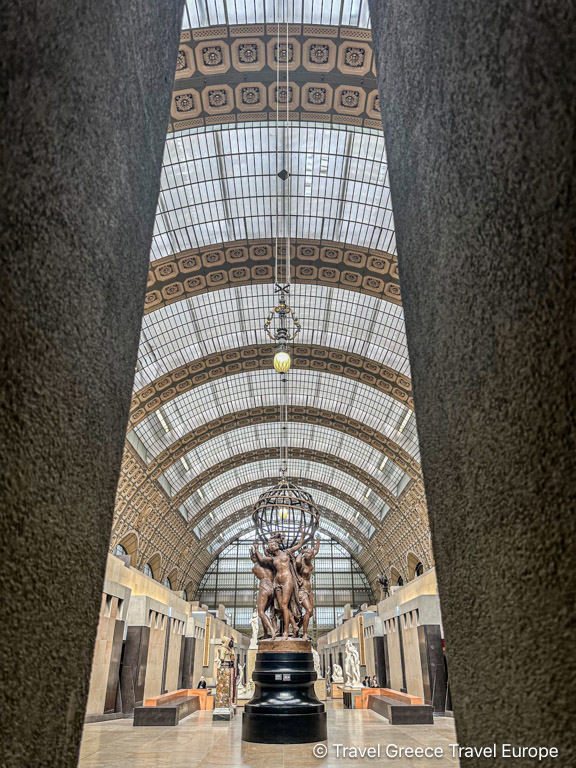
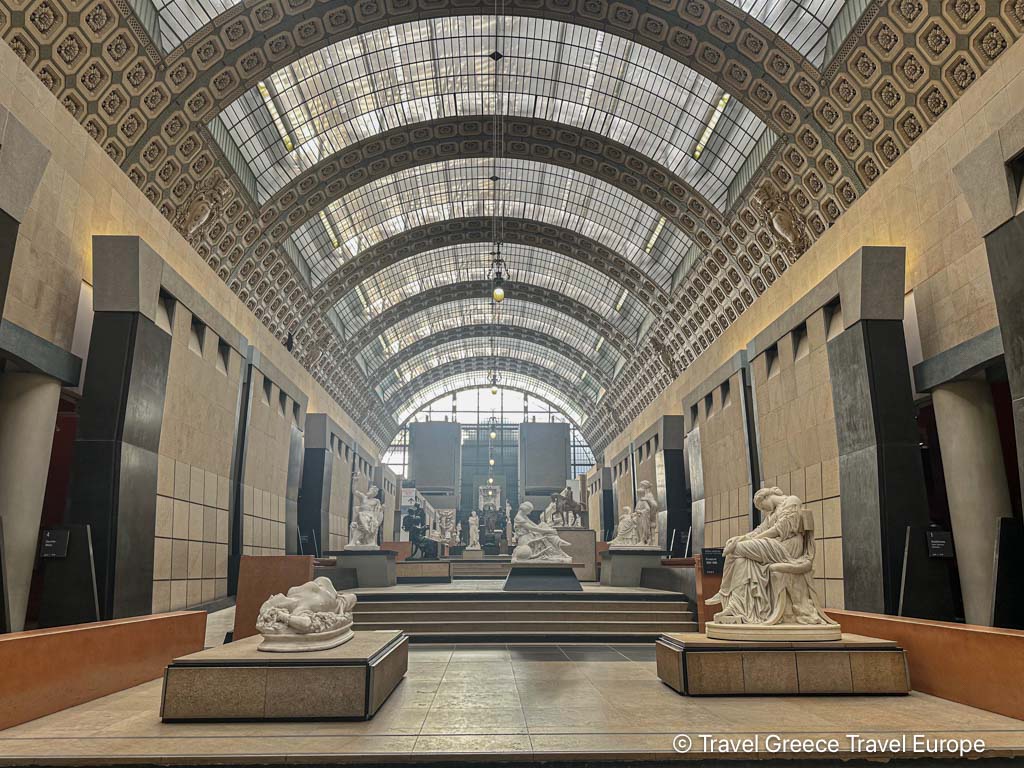
Decorative Arts: The museum’s decorative arts collection includes furniture, ceramics, and glassware, highlighting the artistic movements of Art Nouveau and Art Deco.
The Building
The building itself is a masterpiece of Beaux-Arts architecture, with its grand central nave, ornate ironwork, and expansive skylight. Originally constructed as a railway station, the Gare d’Orsay, the structure was repurposed into a museum while preserving its architectural integrity, creating a unique and captivating space for displaying art.
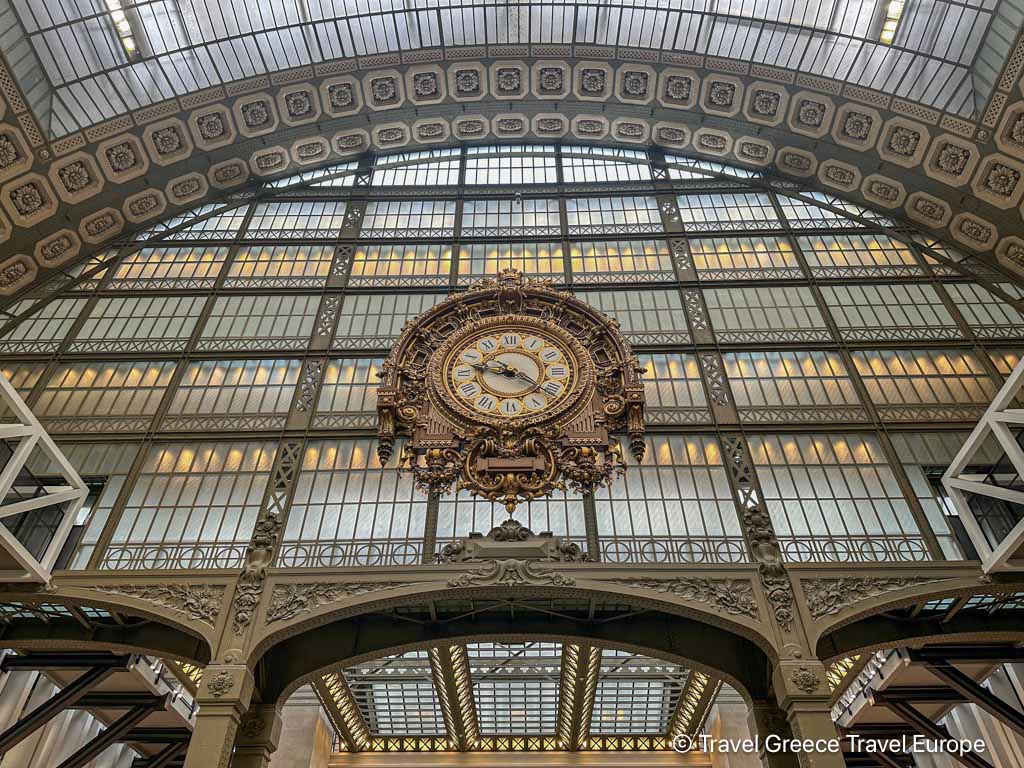
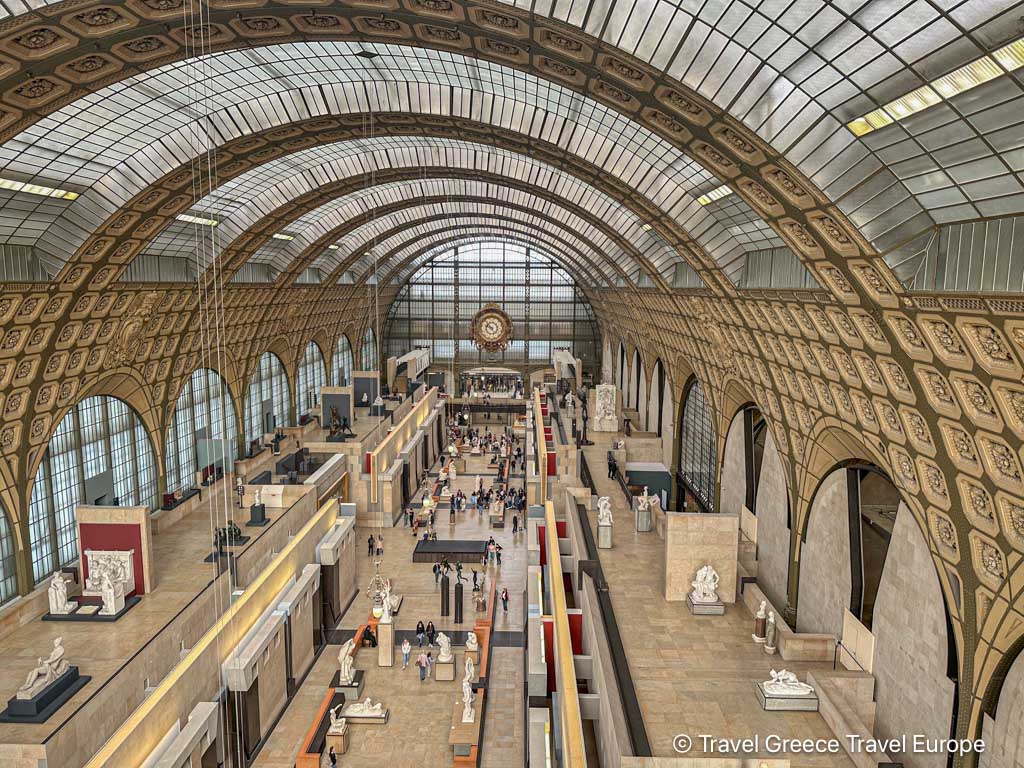
Visitor Experience
The Musée d’Orsay offers a comprehensive and immersive art experience. Visitors can explore its diverse collections while enjoying the architectural beauty of the building. The museum’s layout is designed to guide visitors through the evolution of art from the mid-19th to the early 20th century.
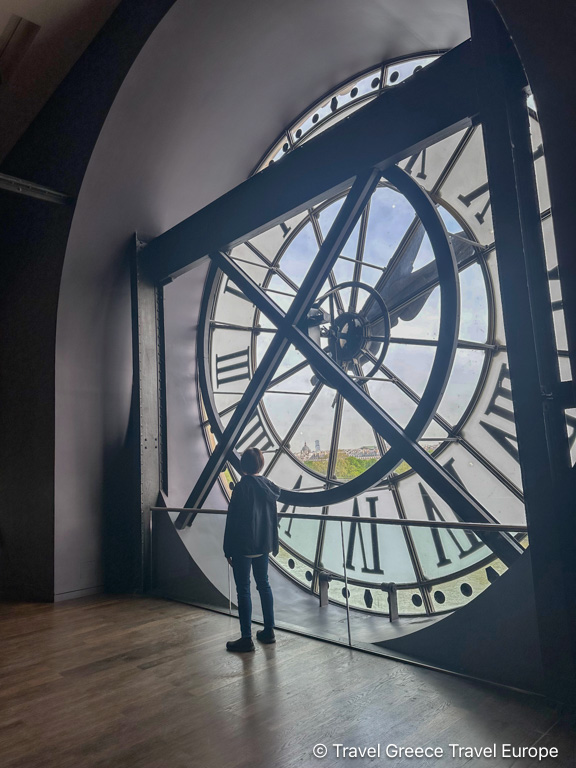
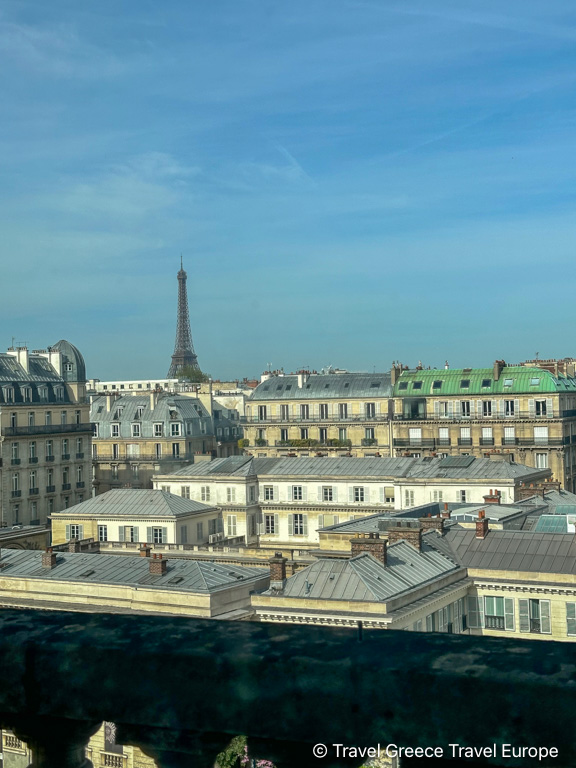
Visitor Tips:
Timing: To avoid the busiest times, visit early in the morning or later in the afternoon. Pre-book your tickets online here.
Guided Tours: Consider joining a guided tour for deeper insights into the collections and the history of the building. If you are a Monet fan, I recommend booking the From Orsay to Giverny: Skip-the-Line Museum Tour & Exclusive Monet House Day Trip , alternatively if you would like to have a full day Paris guided tour, you might also enjoy the Paris in a Day with Skip-the-Line Eiffel Tower, Musée d’Orsay Guided Tour, City Walk & Seine River Cruise
Temporary Exhibitions: Check the museum’s website for information on current and upcoming temporary exhibitions.
Amenities
The Musée d’Orsay offers a range of amenities to enhance the visitor experience:
Museum Shops: Several shops offer books, posters, and souvenirs related to the museum’s collections.
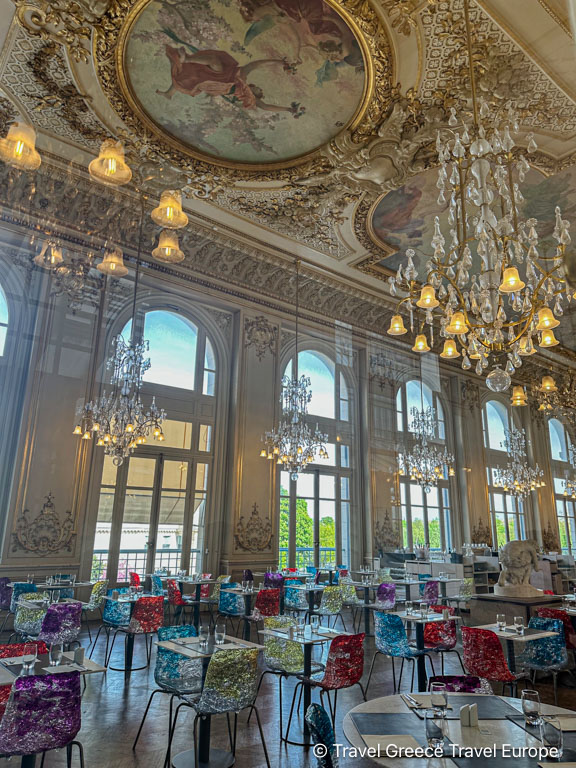
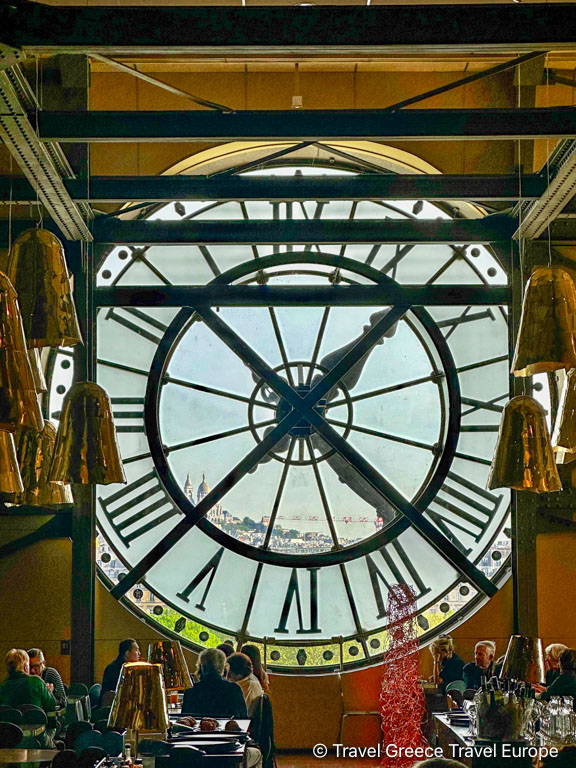
Cafés and Restaurants: The museum has multiple dining options, including the elegant Restaurant du Musée d’Orsay and the Café Campana, both offering a delightful place to rest and enjoy a meal.
Educational Programs: The museum provides a variety of educational programs, including guided tours, workshops, and lectures, aimed at enriching visitors’ understanding of the artworks.
Picasso Museum (Musée Picasso)
Located in the heart of the historic Marais district, the Musée Picasso is dedicated to the life and work of Pablo Picasso, one of the most influential artists of the 20th century. Housed in the beautifully restored Hôtel Salé, a 17th-century mansion, the museum opened in 1985 and offers a comprehensive look at Picasso’s extensive oeuvre, showcasing his artistic evolution from his early days to his final works.
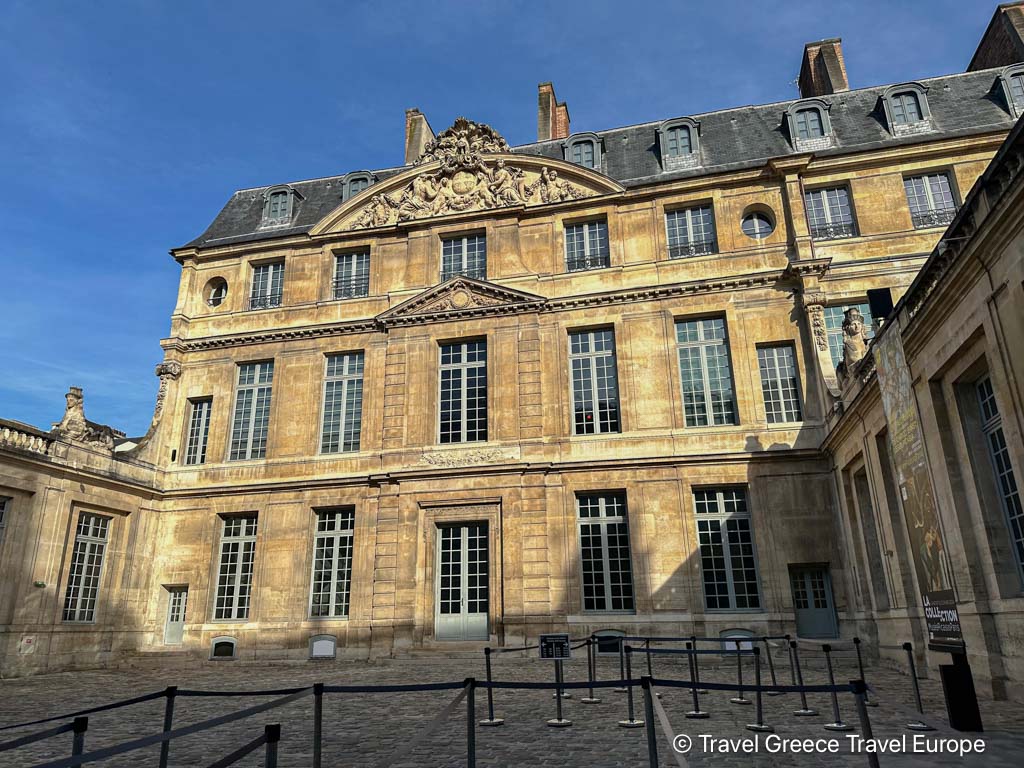
Practical Information
Location: 5 Rue de Thorigny, 75003 Paris, France.
Hours: Open Tuesday to Friday from 10:30 AM to 6:00 PM, and weekends from 9:30 AM to 6:00 PM. Closed on Mondays, January 1st, May 1st, and December 25th.
Tickets: It is recommended to purchase tickets online in advance to avoid queues. The museum offers combined tickets with other cultural institutions in Paris.
Accessibility: The museum is wheelchair accessible, with elevators and adapted restrooms available for visitors with disabilities.
The Collection
The Musée Picasso boasts an extraordinary collection of over 5,000 works, including paintings, sculptures, drawings, ceramics, and prints. This vast collection spans every period of Picasso’s prolific career, providing a deep and multifaceted understanding of his artistic journey.
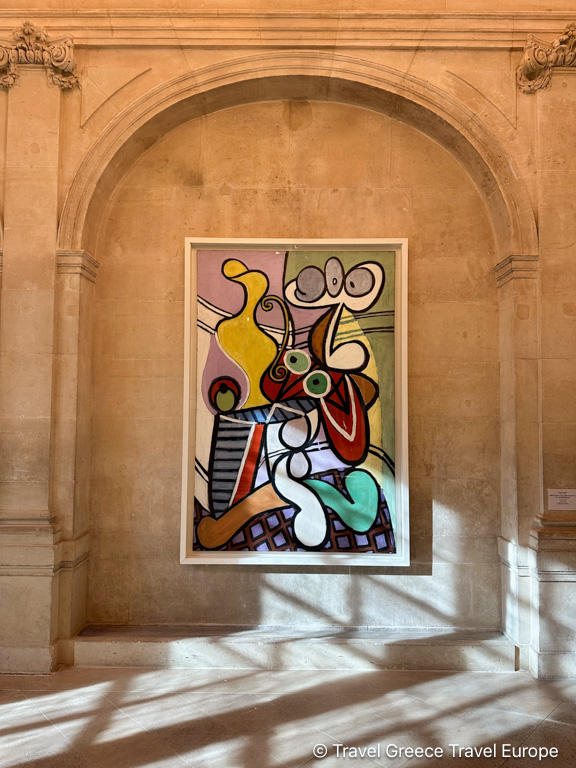
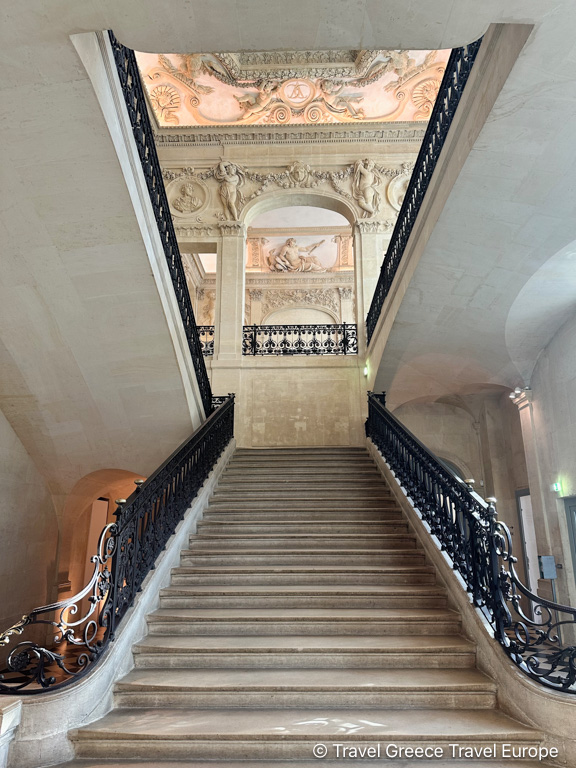
Key Highlights:
Early Works: The museum features pieces from Picasso’s Blue and Rose periods, highlighting his early exploration of form and emotion.
Cubism: Significant works from Picasso’s pioneering Cubist phase, including collaborations with Georges Braque, illustrate his revolutionary approach to perspective and form.
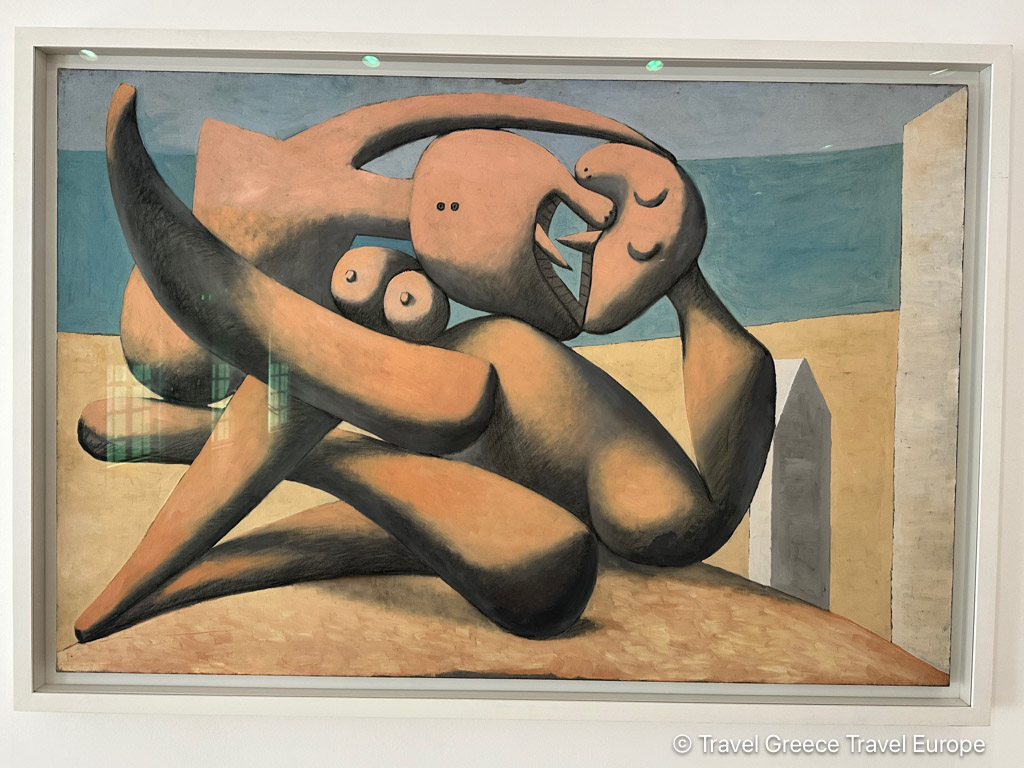
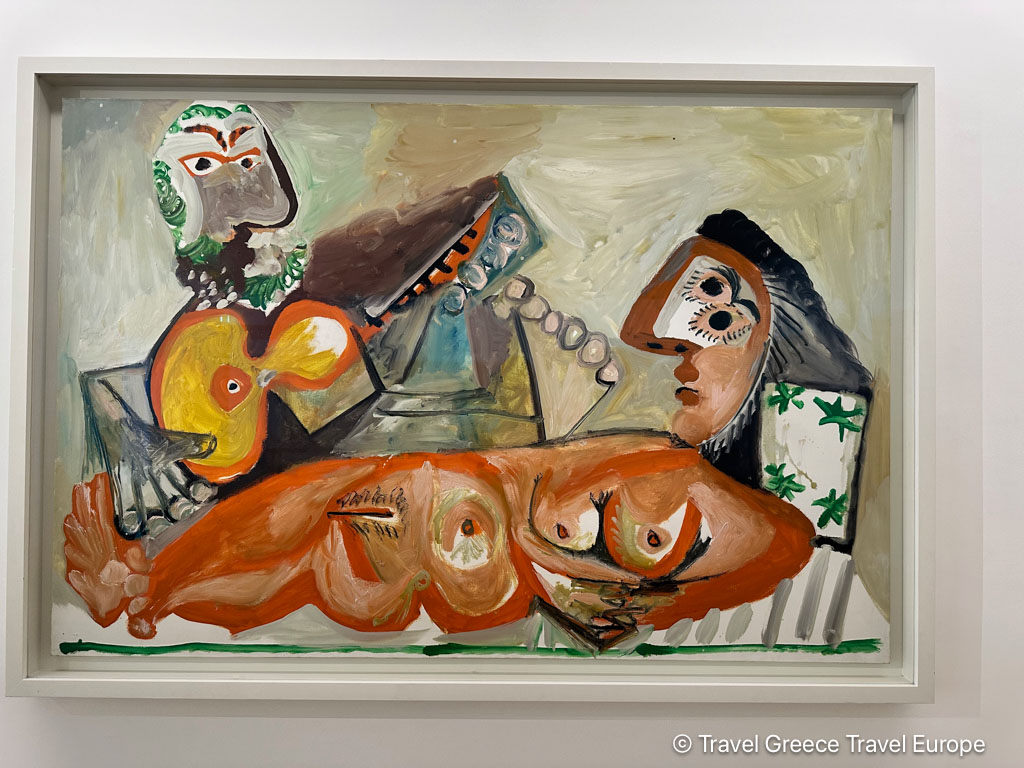
Classicism and Surrealism: The collection includes notable works from Picasso’s Classical period as well as his forays into Surrealism, showcasing his versatility and continuous innovation.
Later Works: The museum also houses many of Picasso’s later works, characterized by bold experimentation and a return to certain themes and motifs from his earlier years.
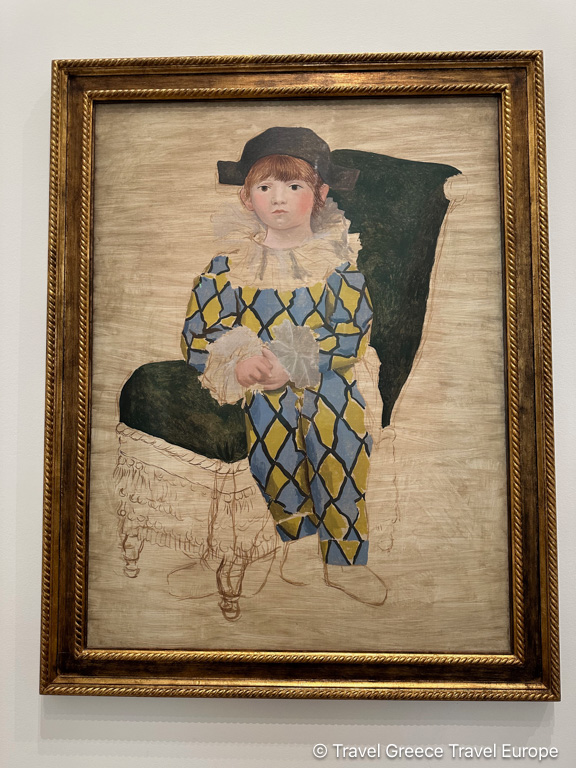
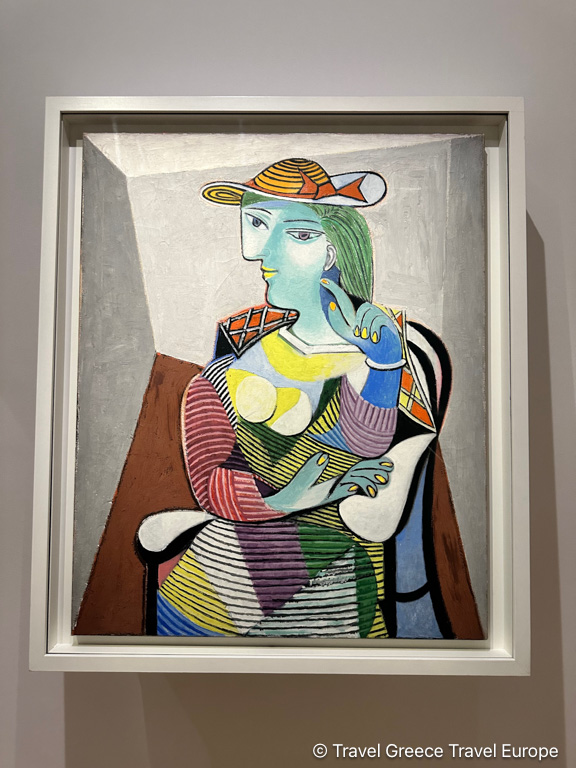
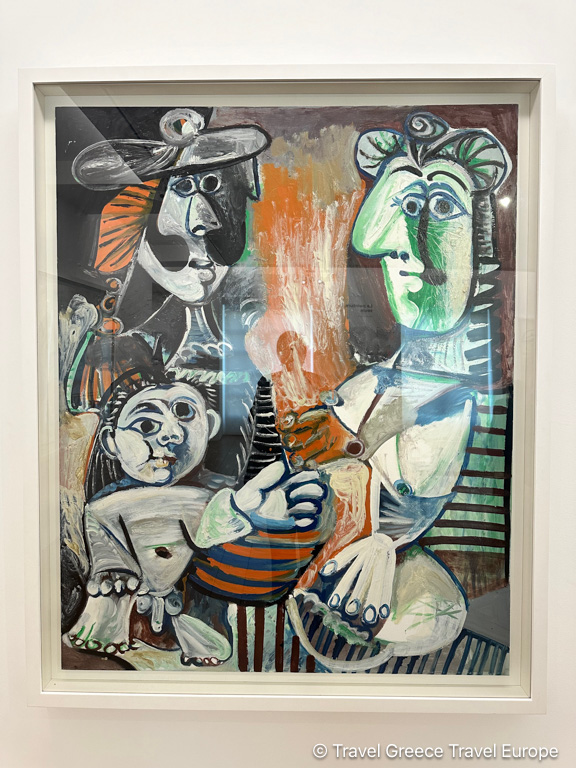
The Building
The Hôtel Salé, one of the finest historic mansions in Paris, adds to the museum’s charm and grandeur. Built in the mid-17th century, the building itself is a masterpiece of Baroque architecture. Its name, which means “Salt Hotel,” derives from its original owner, a salt-tax collector. The mansion was meticulously restored to provide a fitting home for Picasso’s works, blending historical elegance with modern museum facilities.
Visitor Experience
The Musée Picasso offers an intimate and immersive experience, allowing visitors to delve deeply into Picasso’s creative process and artistic achievements. The museum’s layout is designed to guide visitors chronologically through Picasso’s life, providing context and insight into his development as an artist.
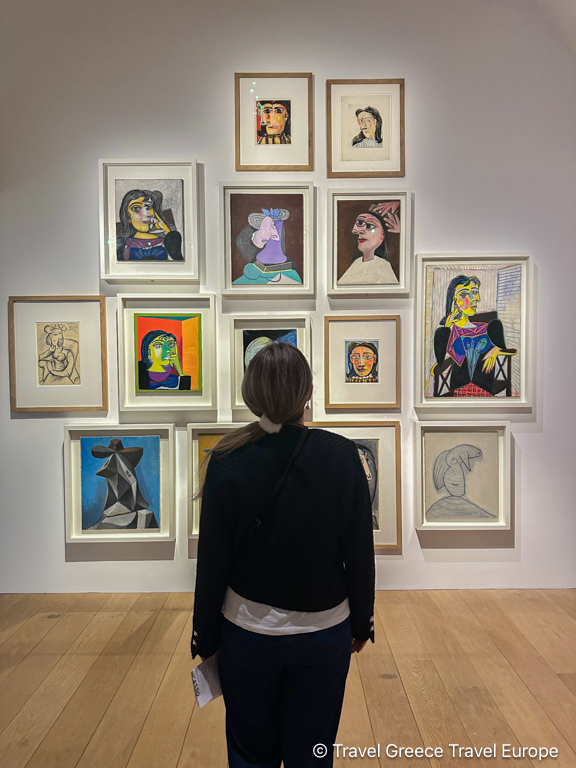
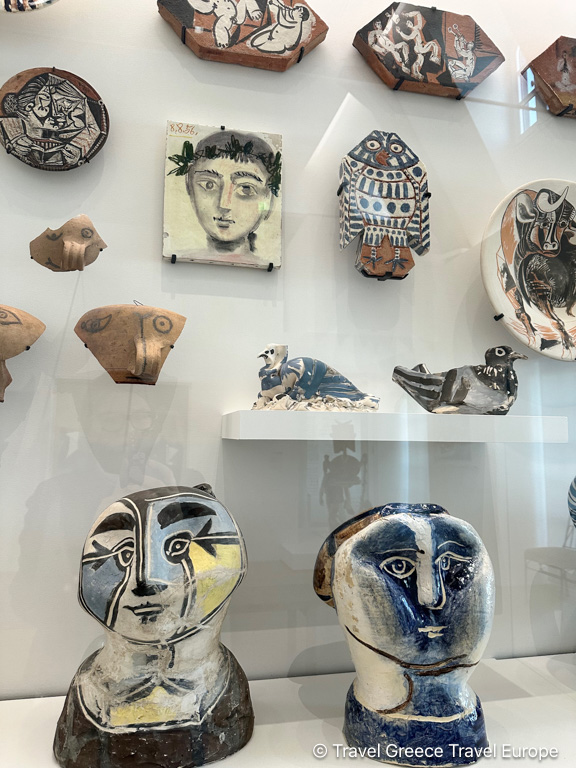
Visitor Tips:
Exhibition Spaces: The museum’s exhibition spaces are arranged thematically and chronologically, providing a comprehensive narrative of Picasso’s artistic evolution.
Temporary Exhibitions: Regularly changing temporary exhibitions focus on specific themes or periods of Picasso’s work, often featuring loans from other major museums.
Amenities
The Musée Picasso provides a range of amenities to enhance the visitor experience:
Museum Shop: The museum shop offers a wide selection of books, posters, and unique souvenirs related to Picasso’s work.
Café: The on-site café provides a relaxing spot to enjoy a coffee or light meal, with a charming view of the museum’s courtyard.
Educational Programs: The museum offers guided tours, workshops, and educational activities for all ages, aimed at deepening visitors’ understanding and appreciation of Picasso’s art.
Musée de l’Orangerie
Located in the heart of the Tuileries Garden, the Musée de l’Orangerie is a serene and intimate museum renowned for its impressive collection of Impressionist and Post-Impressionist paintings. Originally built in 1852 to shelter the orange trees of the Tuileries Garden, the building was transformed into an art museum in 1927, offering visitors a unique blend of art, history, and natural beauty.
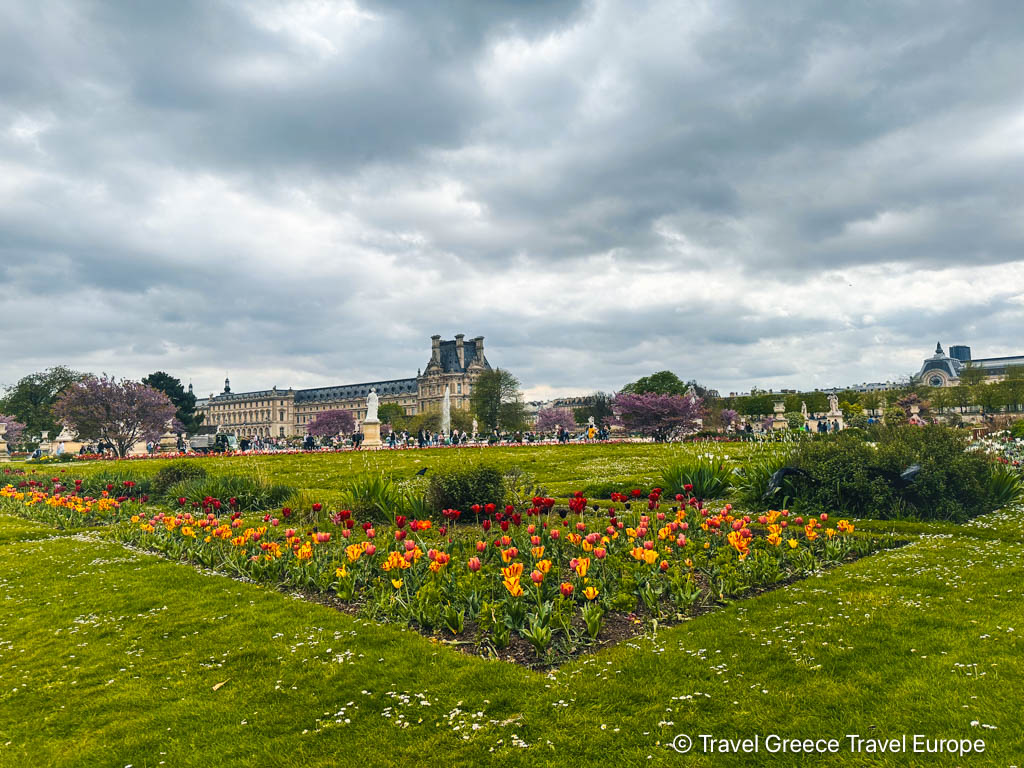
Practical Information
Location: Jardin des Tuileries, Place de la Concorde, 75001 Paris, France.
Hours: Open daily from 9:00 AM to 6:00 PM, except Tuesdays and May 1st.
Tickets: It is recommended to purchase tickets online in advance to avoid long queues. Combination tickets with the Musée d’Orsay are also available.
Accessibility: The museum is wheelchair accessible, and facilities such as elevators and restrooms are available for visitors with disabilities.
The Water Lilies (Les Nymphéas)
The highlight of the Musée de l’Orangerie is undoubtedly Claude Monet’s monumental “Water Lilies” (Les Nymphéas) series. These large-scale murals are housed in two oval rooms designed specifically to Monet’s specifications, creating an immersive environment where visitors can feel enveloped by the tranquility of his water garden at Giverny. The natural light filtering through the skylights enhances the vibrant colors and subtle nuances of these masterpieces, providing an almost meditative experience.
The Walter-Guillaume Collection
In addition to Monet’s “Water Lilies,” the museum is home to the Walter-Guillaume Collection, an outstanding assembly of works from some of the most influential artists of the early 20th century. This collection includes pieces by:
Pierre-Auguste Renoir: Celebrated for his vibrant and sensuous depictions of social life.
Paul Cézanne: Known for his innovative approach to form and color, which laid the groundwork for modern art.
Amedeo Modigliani: Recognizable for his distinctive portraits characterized by elongated faces and figures.
Henri Matisse: Renowned for his bold use of color and innovative compositions.
Pablo Picasso: Featuring works from his early periods, reflecting his evolving style.
Visitor Experience
The Musée de l’Orangerie provides a calm and contemplative atmosphere, allowing visitors to fully appreciate the art without the overwhelming crowds often found in larger museums. The layout of the museum guides visitors through a thoughtfully curated journey, culminating in the peaceful rooms dedicated to Monet’s “Water Lilies.”
Amenities
The museum offers a variety of amenities to enhance the visitor experience, including:
A Bookstore and Gift Shop: Featuring a wide selection of books, posters, and souvenirs related to the museum’s collections.
Café: Located in the museum, providing a tranquil spot for a coffee or light meal with a view of the Tuileries Garden.
Educational Programs: Including guided tours, workshops, and lectures aimed at deepening visitors’ understanding and appreciation of the artworks.
Louvre Museum
The Louvre Museum (Musée du Louvre) in Paris is the world’s largest art museum and a historic monument in its own right. Located on the Right Bank of the Seine, the Louvre is a central landmark of the city. Originally a medieval fortress and the royal palace of French kings, it became a public museum in 1793. Today, the Louvre houses an unparalleled collection of artworks spanning thousands of years, from ancient civilizations to the mid-19th century.
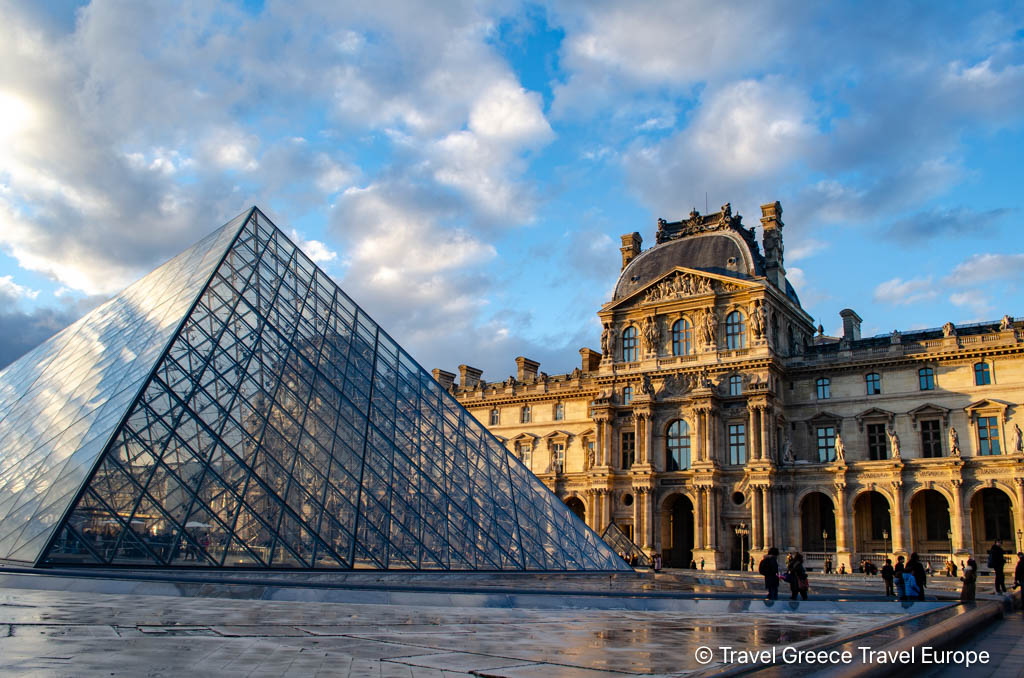
Practical Information
Location: Rue de Rivoli, 75001 Paris, France.
Hours: Open daily from 9:00 AM to 6:00 PM, except Tuesdays. Extended hours until 9:45 PM on Wednesdays and Fridays. Closed on January 1st, May 1st, and December 25th.
Accessibility: The museum is wheelchair accessible, with elevators and adapted restrooms available for visitors with disabilities.
The Collection
The Louvre’s vast collection is divided into eight departments, each rich with masterpieces and historical artifacts, housing some of the most famous paintings in Paris. Visitors can explore artworks ranging from ancient Egyptian antiquities to the grand masterpieces of the European Renaissance. Pre-book your tickets online.
Key Highlights:
Paintings: The museum’s collection of paintings is renowned worldwide, featuring works by masters such as Leonardo da Vinci, Eugène Delacroix, and Johannes Vermeer.
Leonardo da Vinci’s “Mona Lisa”: The most famous painting in the world, known for its enigmatic smile.
Eugène Delacroix’s “Liberty Leading the People”: A powerful representation of the French Revolution.
Johannes Vermeer’s “The Lacemaker”: A delicate and finely detailed portrayal of a young woman.
Sculptures: The Louvre’s sculpture collection includes classical masterpieces from ancient Greece and Rome, as well as works from the Renaissance and beyond.
The “Venus de Milo”: An iconic ancient Greek statue representing the goddess of love and beauty.
The “Winged Victory of Samothrace”: A dynamic Hellenistic sculpture that captures the essence of victory.
Michelangelo’s “Dying Slave”: A poignant example of the artist’s mastery of human form and emotion.
Egyptian Antiquities: This department houses one of the world’s most comprehensive collections of artifacts from ancient Egypt, offering a fascinating glimpse into this ancient civilization.
The Great Sphinx of Tanis: A colossal granite sphinx that dates back to the Old Kingdom.
The Seated Scribe: A remarkably well-preserved statue that captures the realistic portrayal of a scribe.
The Sarcophagus of Ramses III: An intricately carved sarcophagus that tells the story of a powerful pharaoh.
Near Eastern Antiquities: This collection showcases the art and artifacts of the ancient Near East, including Mesopotamia, Persia, and the Levant.
The Code of Hammurabi: One of the oldest deciphered writings of significant length in the world.
The Lamassu from Khorsabad: Massive winged bulls with human heads that once guarded the entrance to an Assyrian palace.
Greek, Etruscan, and Roman Antiquities: This department features an extensive collection of artifacts from ancient Greece, Etruria, and Rome.
The “Aphrodite of Milos” (Venus de Milo): Celebrated for its beauty and mystery.
The “Sleeping Hermaphroditus”: A captivating marble sculpture that depicts the mythological figure Hermaphroditus.
Recommended Louvre Tours
Louvre Museum – Exclusive Guided Tour (Reserved Entry Included) – Duration: 2 hours 30 minutes
The Secrets of the Louvre: Ancient Codes & Hidden Messages in the World’s Greatest Art Museum Duration: 3 hours
Louvre Museum Masterpieces Skip-the-Line and Small-Group Tour – Duration: 2 hours
Louvre Museum Guided Tour Option or Quick access to Mona Lisa – Duration: 2 hours 30 minutes
The Building
The Louvre itself is an architectural masterpiece. Originally built as a fortress in the late 12th century by King Philippe Auguste, it was transformed into a royal palace in the 16th century. The palace’s grand architecture includes elements from different periods, reflecting the evolution of French art and architecture over the centuries.
Notable Features:
The Glass Pyramid: Designed by architect I. M. Pei and inaugurated in 1989, the pyramid serves as the main entrance to the museum. Its modern design contrasts beautifully with the classical architecture of the surrounding palace.
Cour Carrée: The oldest part of the Louvre, featuring a magnificent square courtyard surrounded by Renaissance buildings.
The Richelieu Wing: Housing French sculptures, Near Eastern antiquities, and decorative arts.
Visitor Experience
The Louvre offers a comprehensive and immersive art experience. Its extensive collections and the grandeur of the building itself make a visit to the Louvre an unforgettable journey through art and history.
Visitor Tips:
Advance Tickets: Purchase tickets online in advance to avoid long queues. The Louvre offers timed-entry tickets to manage the flow of visitors.
Plan Your Visit: With over 35,000 works on display, it’s impossible to see everything in one visit. Plan your visit with a map and prioritize your must-see artworks.
Guided Tours: Consider joining a guided tour to gain deeper insights into the collections and the history of the Louvre.
Temporary Exhibitions: Check the museum’s website for information on current and upcoming temporary exhibitions and events.
Amenities
The Louvre provides a range of amenities to enhance the visitor experience:
- Museum Shops: Several shops offer a wide selection of books, posters, and souvenirs related to the museum’s collections.
- Dining Options: The museum has several dining options, including cafés and restaurants, where visitors can enjoy meals or refreshments.
Educational Programs: The museum offers guided tours, workshops, and educational activities for all ages, aimed at deepening visitors’ understanding and appreciation of the artworks.
Exploring Art Beyond Museums
Montmartre
Montmartre, with its bohemian charm and artistic heritage, is a must-visit for art lovers. This historic neighborhood has been home to many famous artists, including Picasso, Van Gogh, and Toulouse-Lautrec. Its winding streets, lively cafés, and stunning views of Paris make it a vibrant artistic enclave.
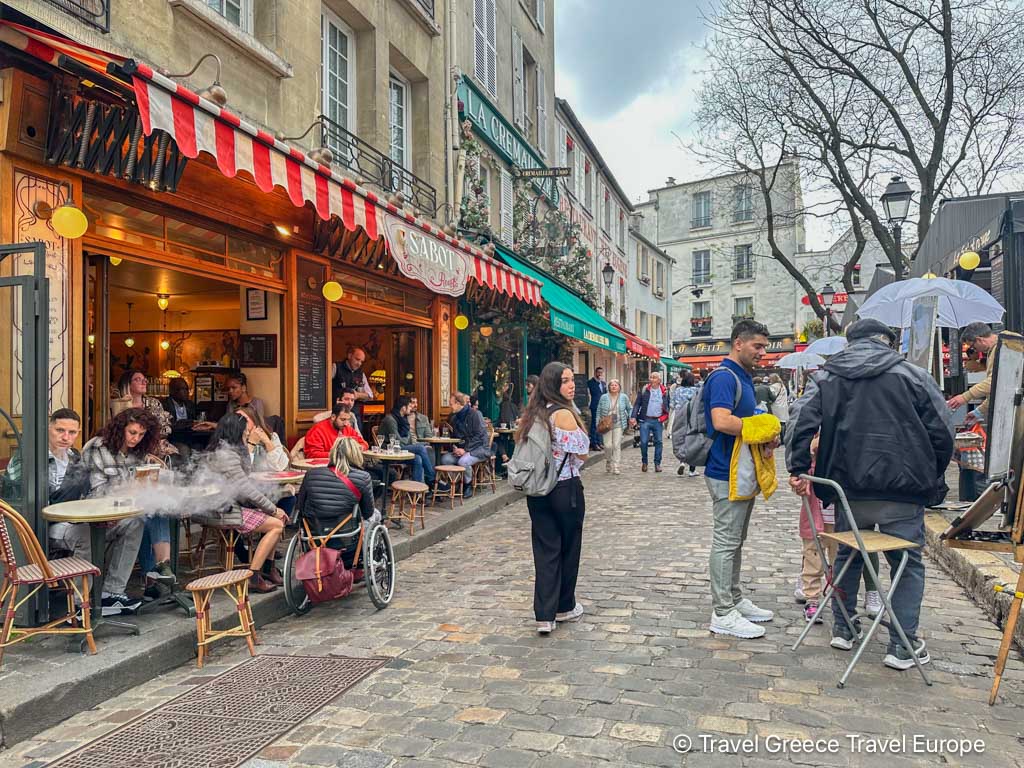
Must-Visit Spots:
Place du Tertre: A bustling square where artists set up their easels and sell their works. It’s a great place to watch artists at work and maybe purchase a unique souvenir.
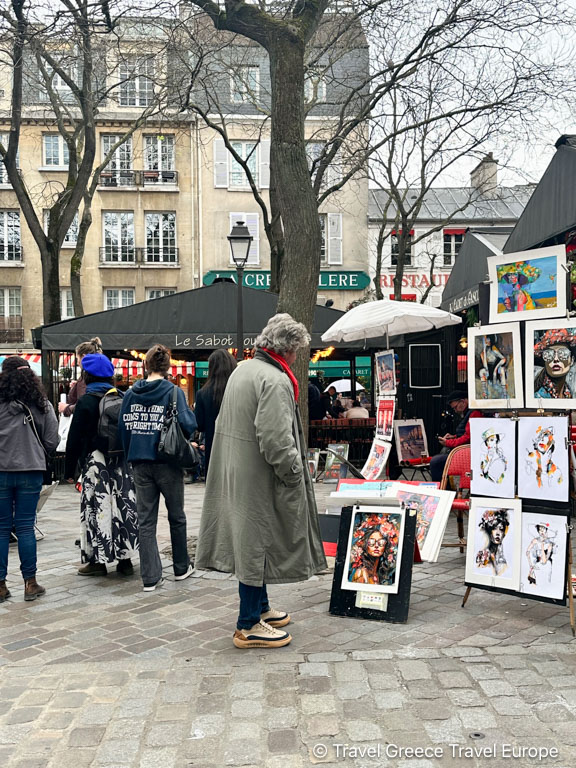
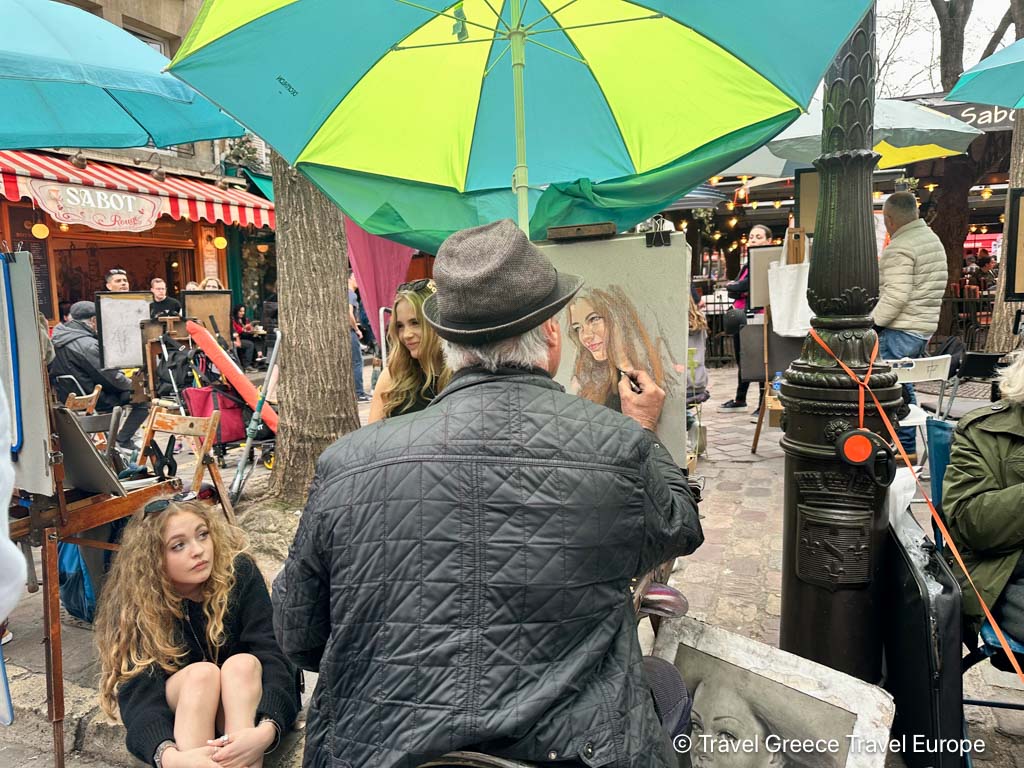
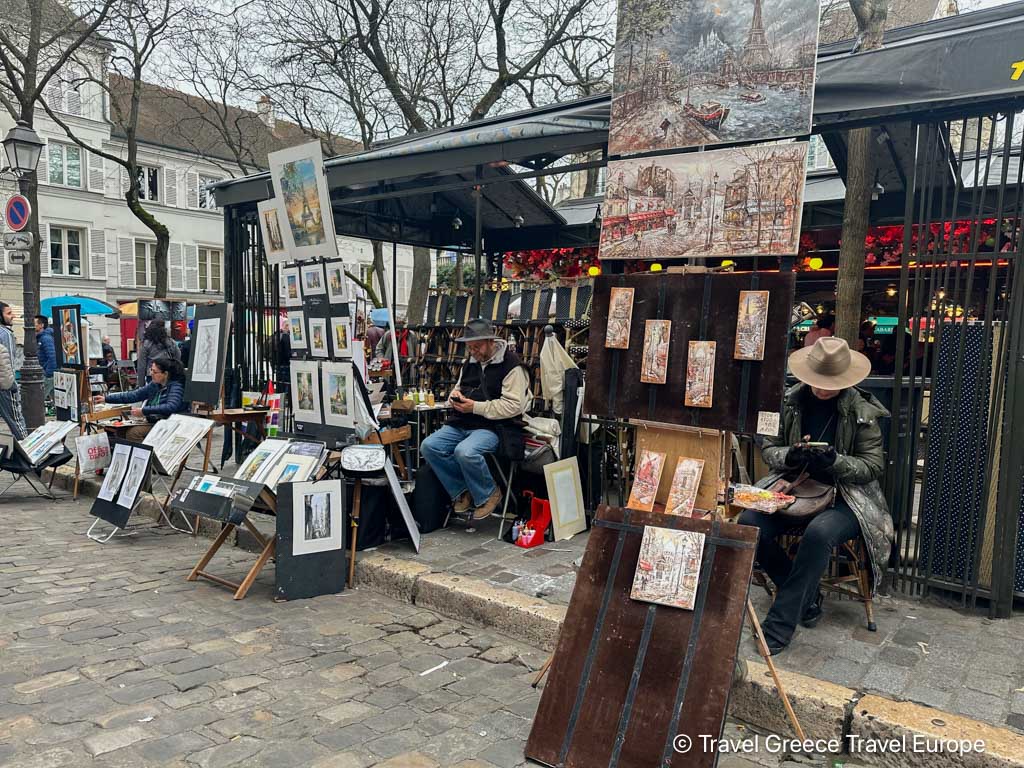
Sacré-Cœur Basilica: While primarily known for its religious significance and panoramic views, the basilica itself is a masterpiece of architecture.
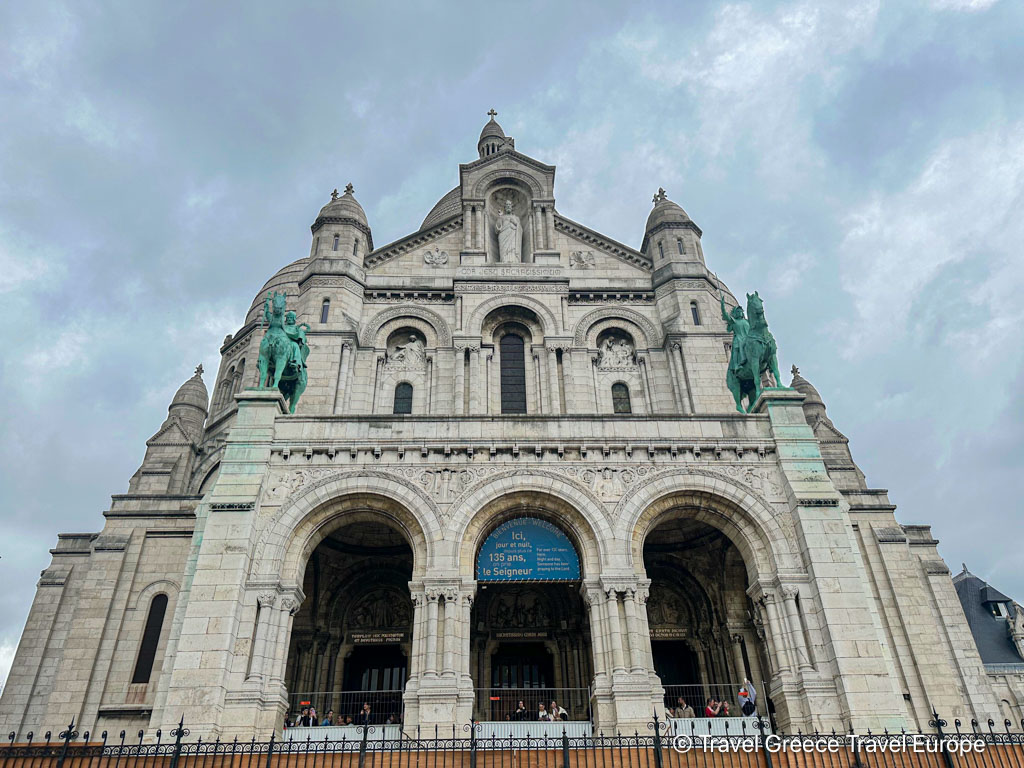
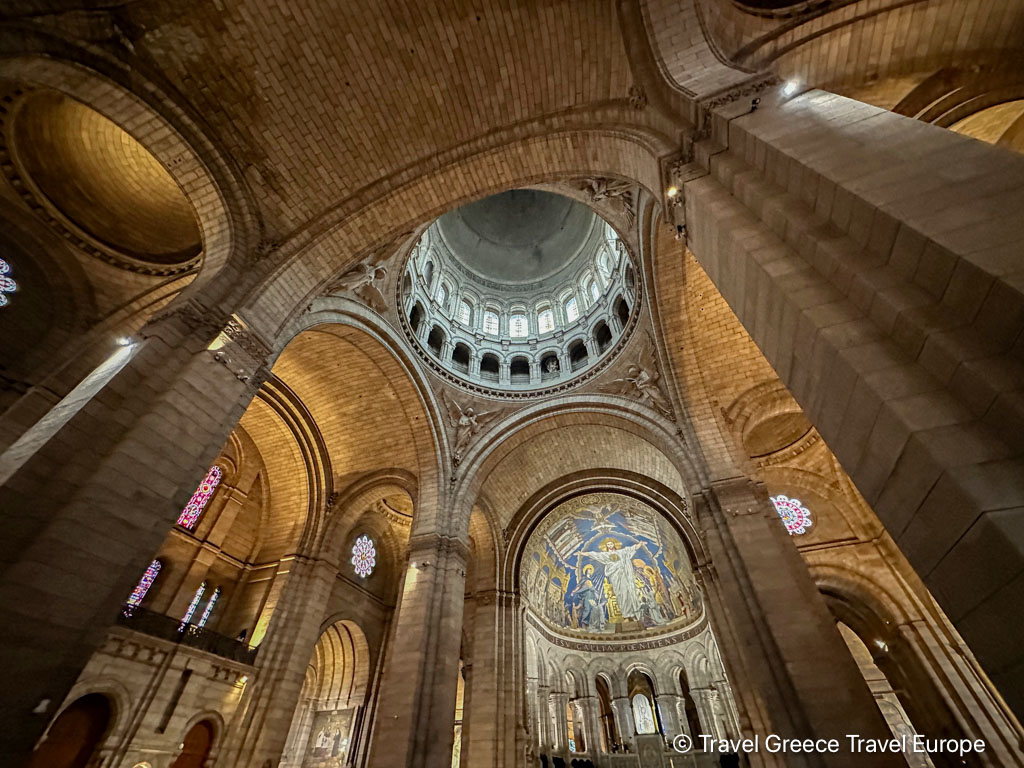
Espace Dalí: A museum dedicated to the works of Salvador Dalí, featuring an extensive collection of his surrealist art.
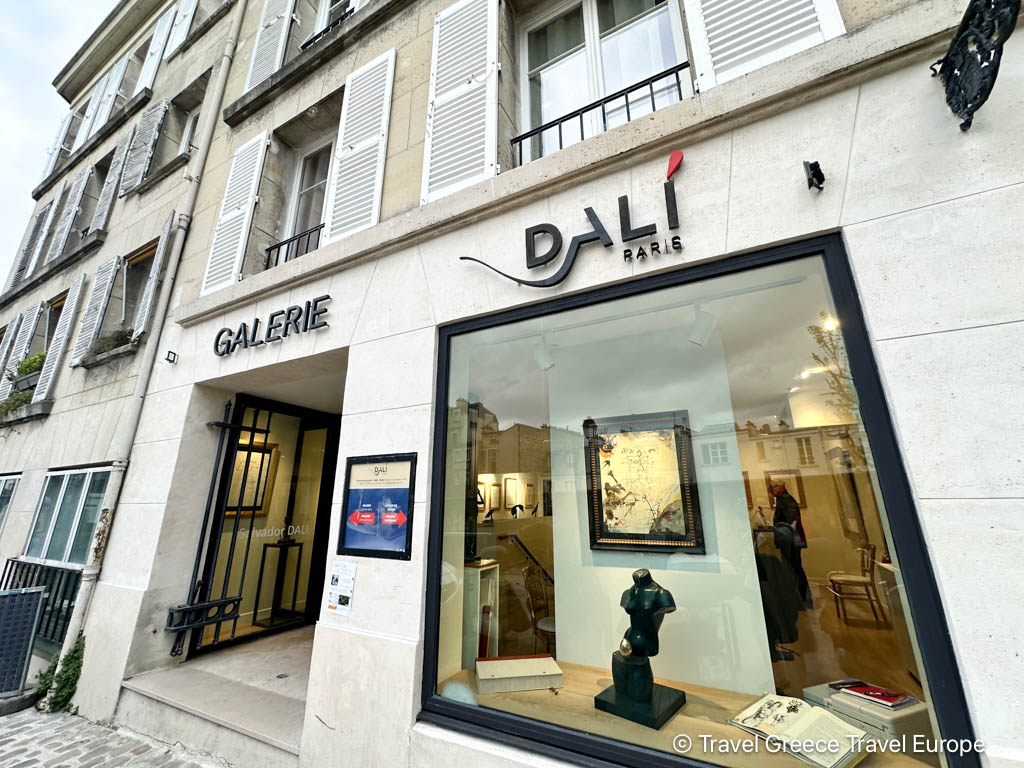
Montmartre Museum (Musée de Montmartre): The Musée de Montmartre is located in one of the oldest buildings in Montmartre, where several famous artists, including Renoir, once lived and worked. The museum offers a captivating journey through the history of the neighborhood, from its origins as a rural village to its development as an artistic hub.
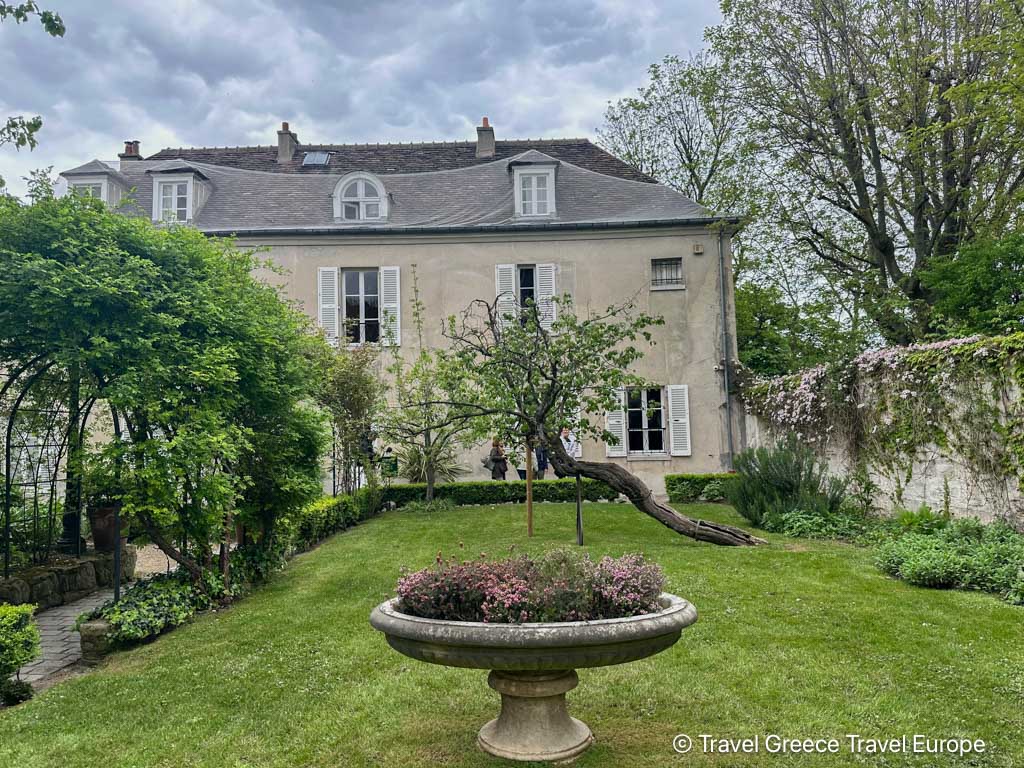
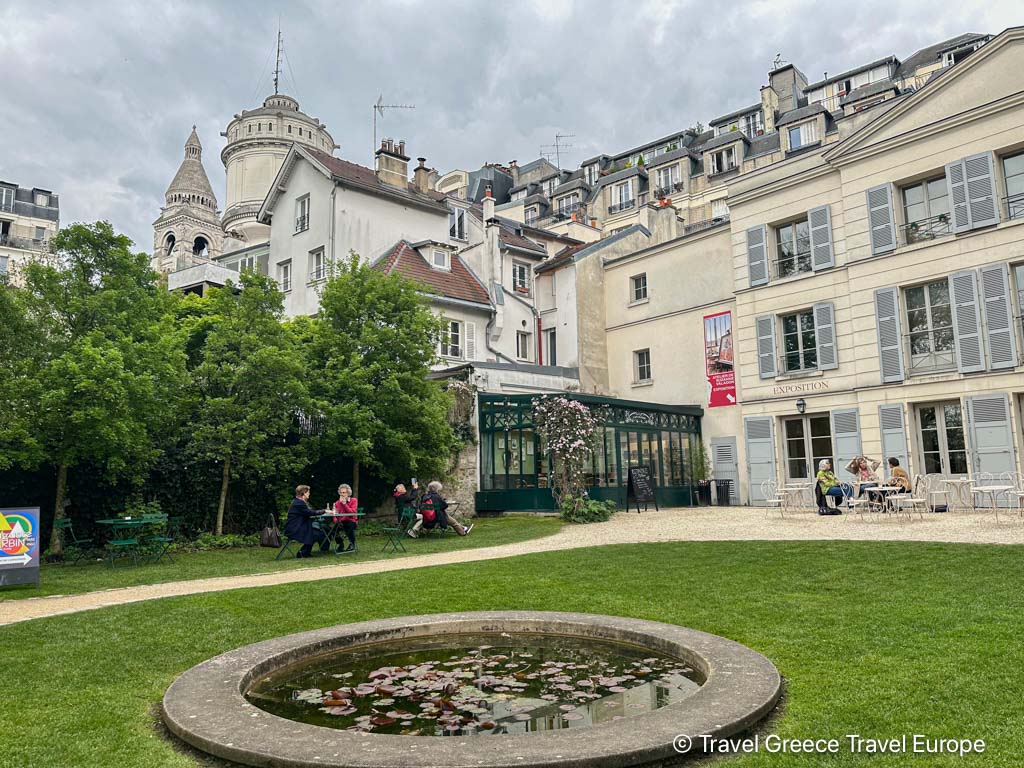
Highlights:
Renoir Gardens: Stroll through the beautiful gardens where Renoir painted some of his masterpieces.
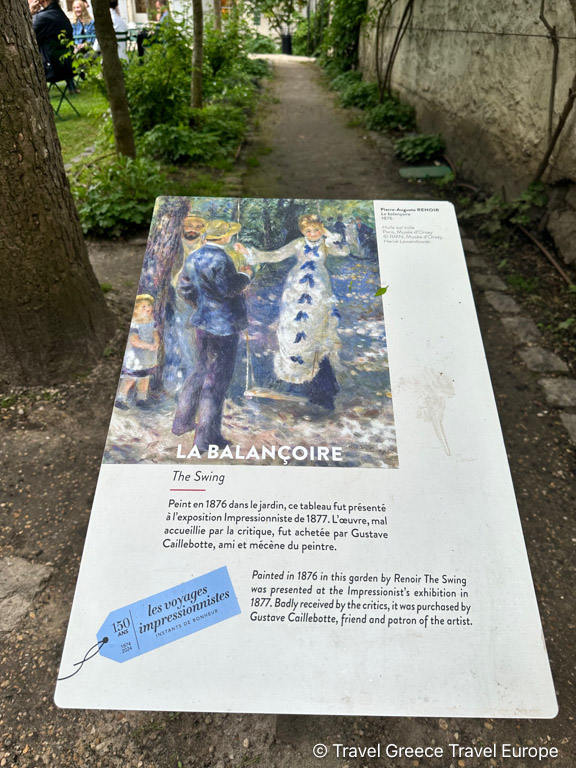
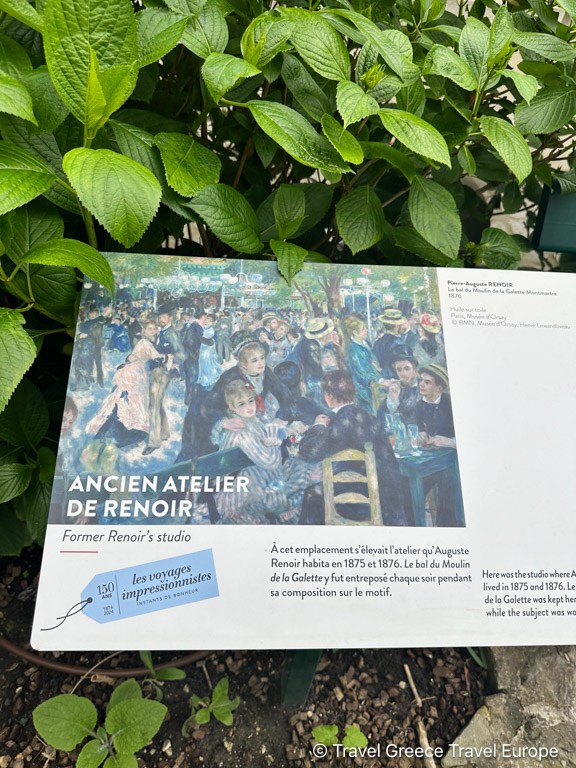
Permanent Collections: The museum’s permanent collection includes paintings, posters, and photographs that tell the story of Montmartre’s artistic and cultural history.
Temporary Exhibitions: Regularly changing exhibitions focus on various aspects of Montmartre’s artistic legacy.
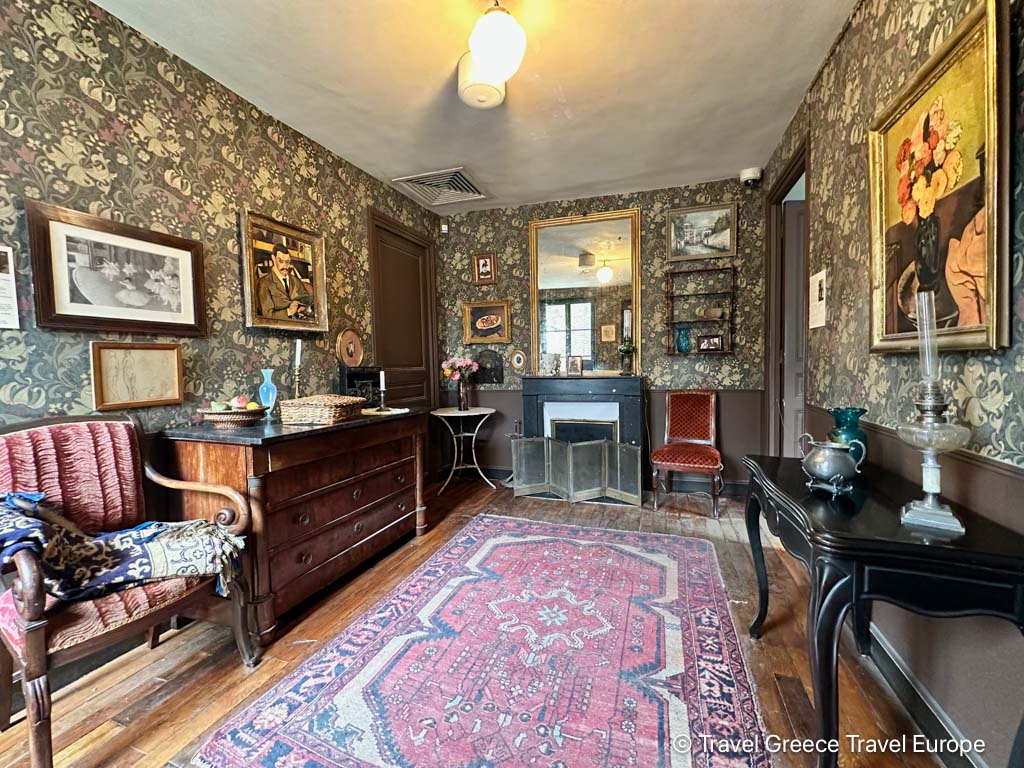
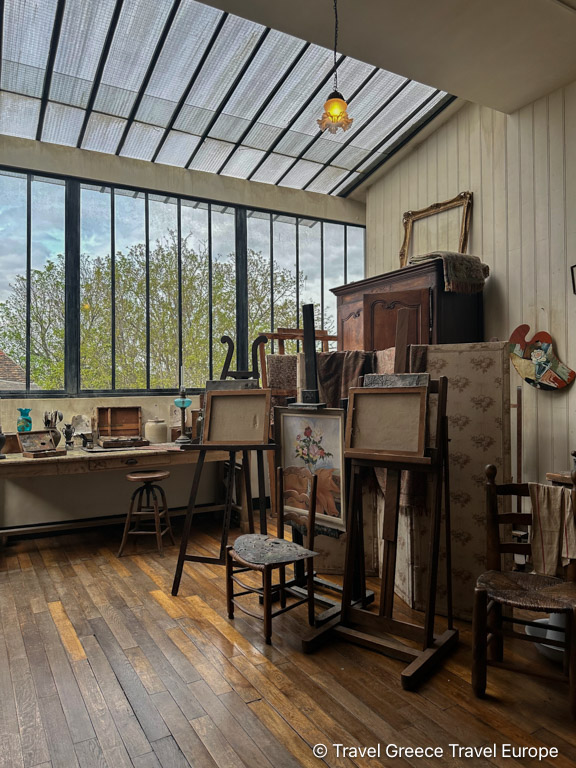
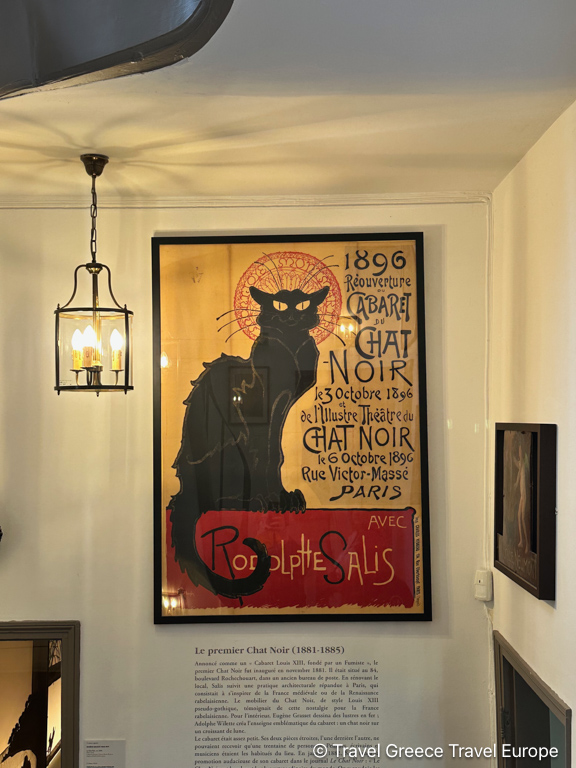
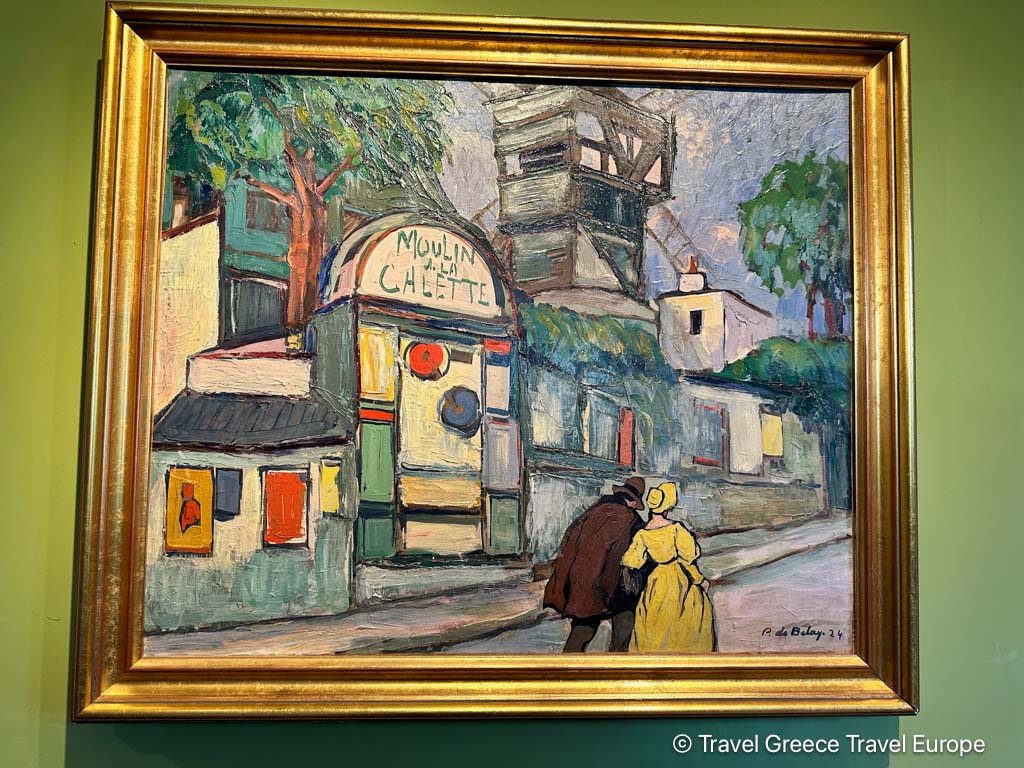
Visitor Tips:
Walking Tours: Join a guided walking tour to explore the rich artistic history of Montmartre and discover hidden gems. I highly recommend taking this tour which also takes you for a private tasting at an exclusive vineyard – Exclusive Montmartre Experience with Private Vineyard Tasting, Skip-the-Line Museum Tour, & Sacré-Coeur
Cafés and Bistros: Enjoy a meal or coffee at one of the many charming cafés that once served as meeting places for artists and writers.
Street Performers: Be entertained by the talented street performers who add to the lively atmosphere of Montmartre.
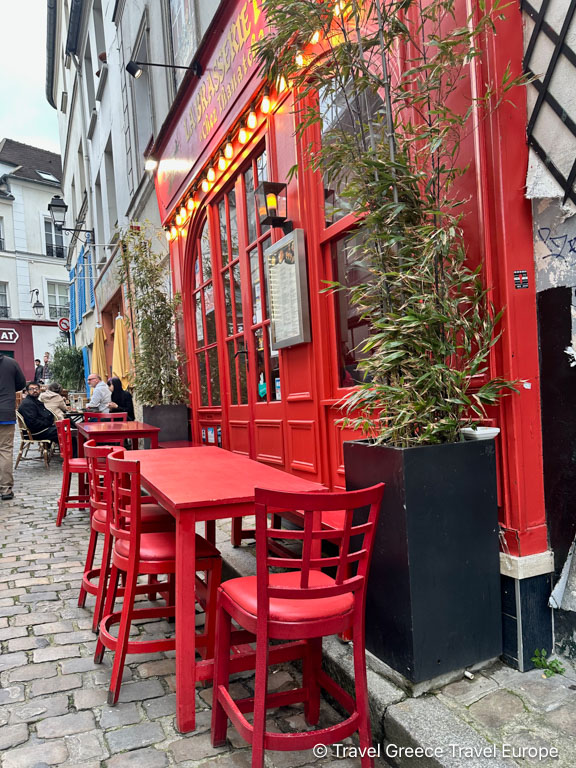
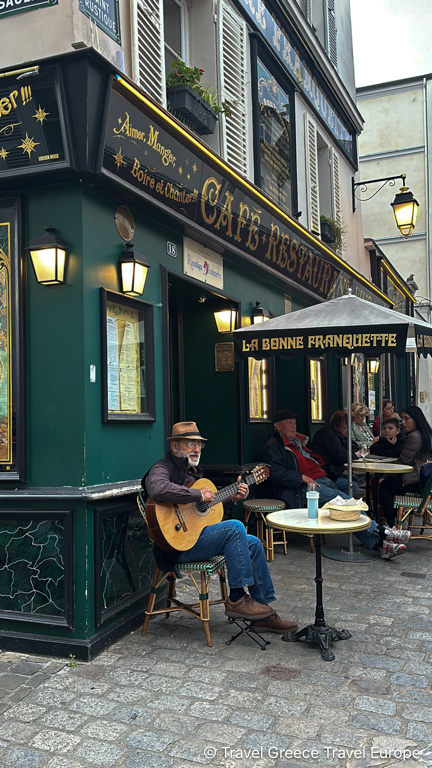
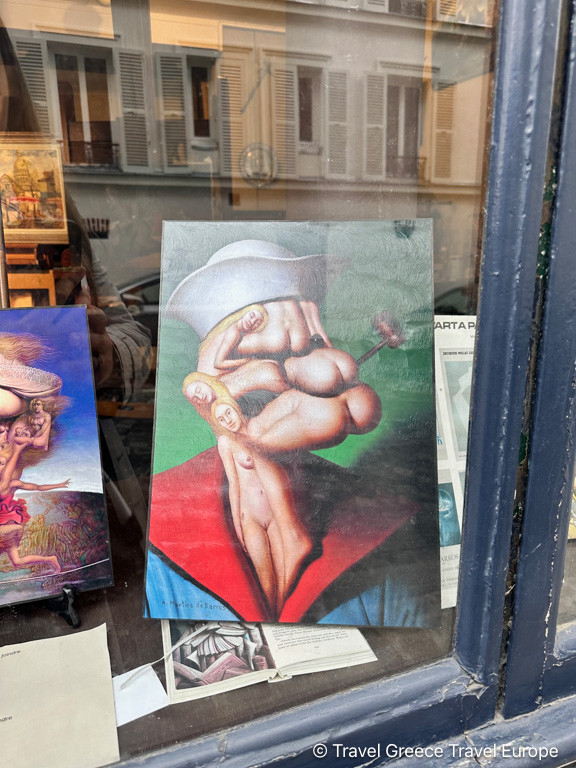
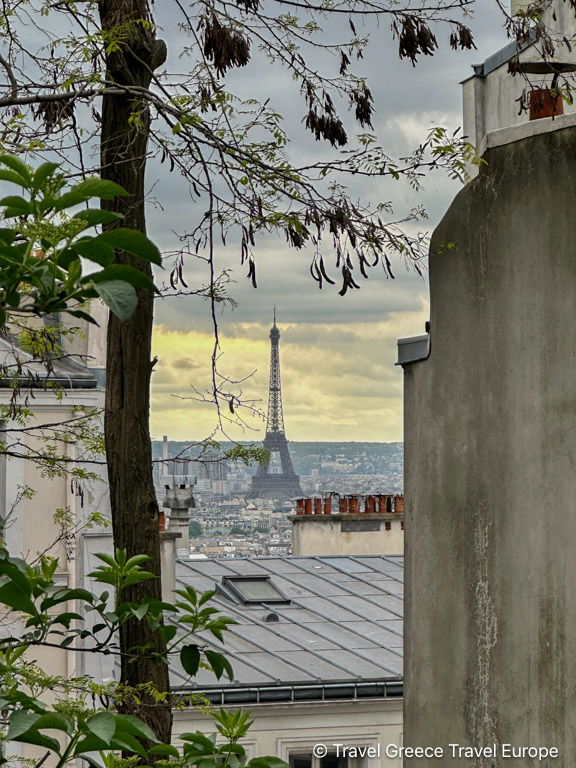
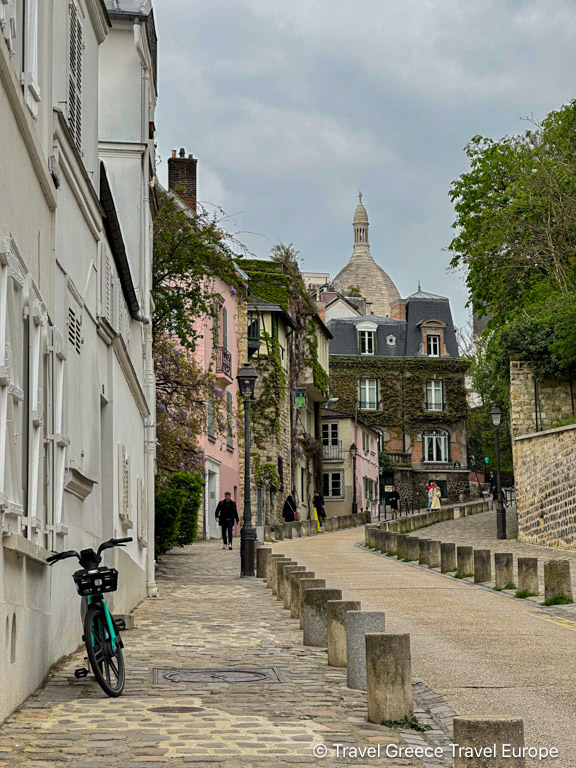
Literary Quarter (Quartier Latin)
The Quartier Latin, known for its artistic and intellectual history, is a must-visit for literature and art enthusiasts. This vibrant neighborhood, home to the Sorbonne University, has long been a gathering place for writers, artists, and thinkers.
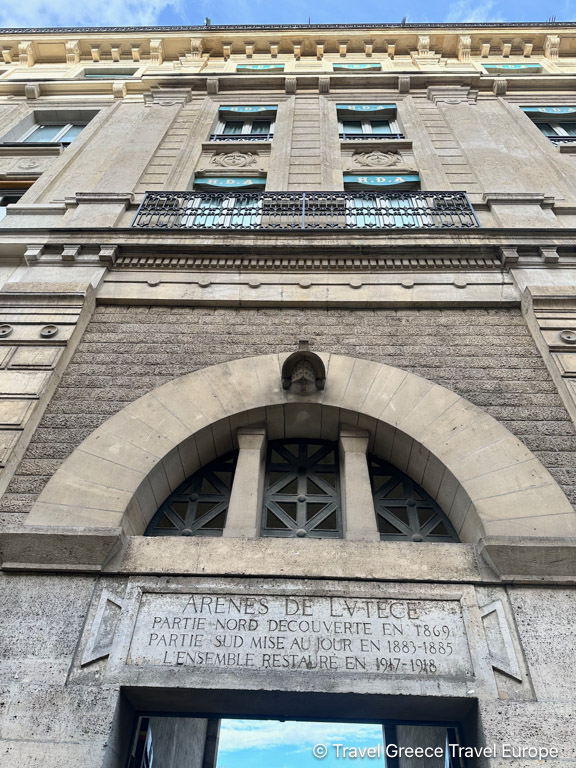
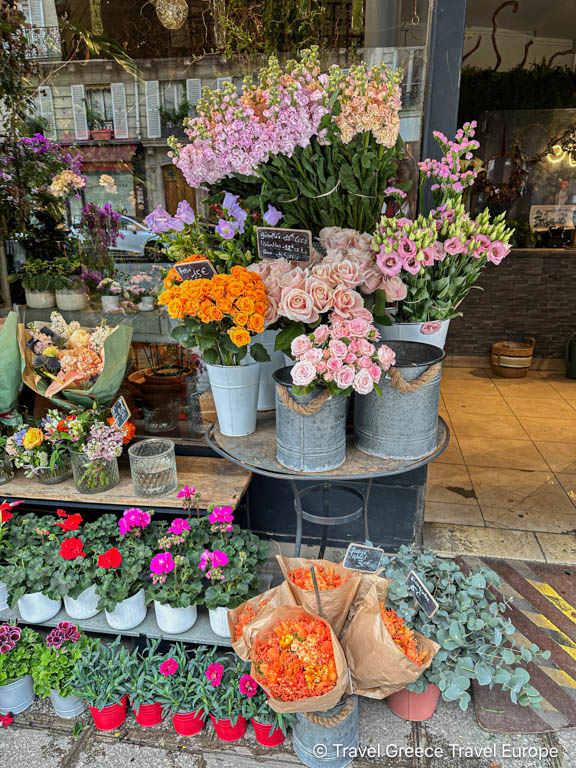
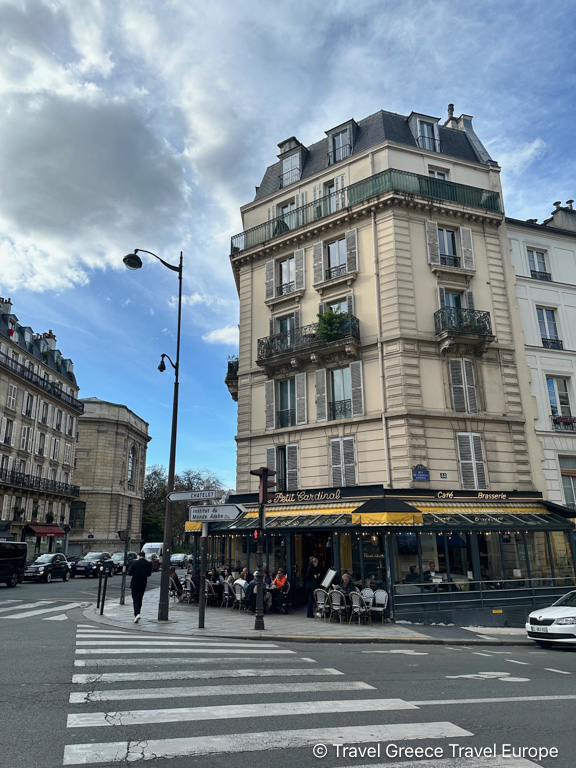
Must-Visit Spots:
Shakespeare and Company: This legendary bookstore has hosted literary greats like Hemingway and Joyce. It offers a wide selection of books and a cozy reading room.
Café de Flore and Les Deux Magots: Historic cafés frequented by the likes of Sartre and Picasso. Enjoy a coffee and imagine the conversations that once took place here.
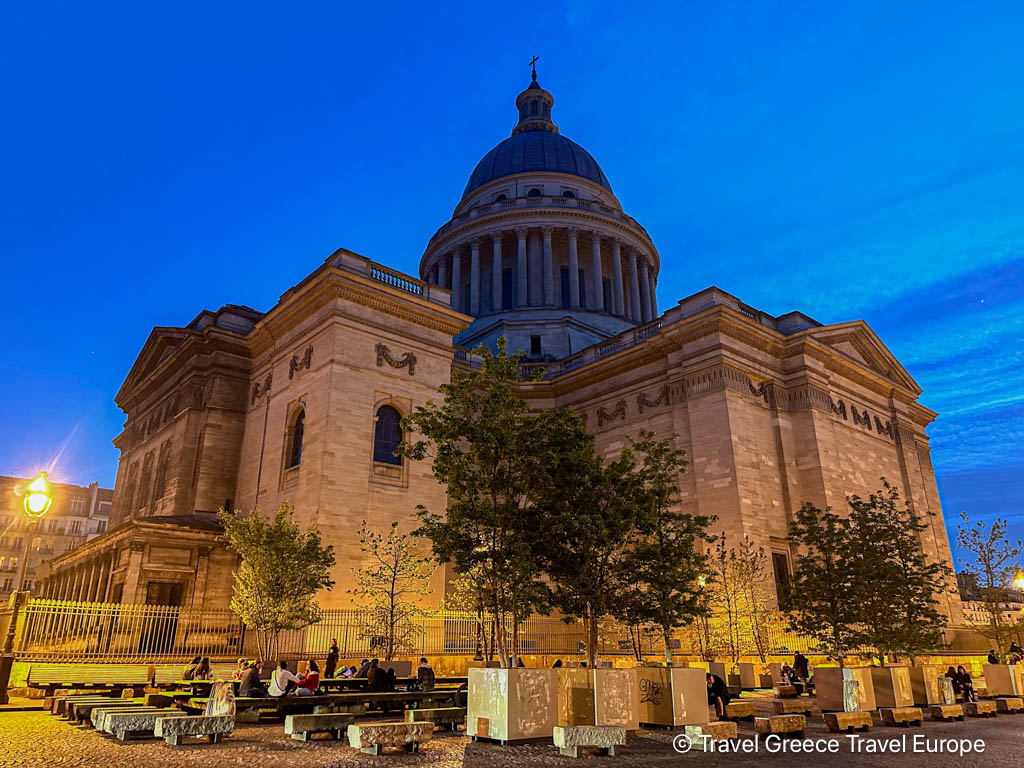
Pantheon: A neoclassical building that houses the remains of France’s illustrious figures, including Voltaire and Rousseau.
Tips:
Walking Tours: Join a walking tour to uncover the hidden gems and historical anecdotes of the area. If you are a fan of food tours then you should definitely opt for the Paris at Sunset: Aperitif, Food & Wine Tour
Bookshops and Boutiques: Explore the many independent bookstores and unique boutiques scattered throughout the neighborhood.
Cultural Events: Check out the schedule for literary readings and cultural events happening in the Quartier Latin.
Street Art in Belleville
Belleville is the beating heart of Paris’s street art scene. Its walls are canvases for some of the most exciting and thought-provoking murals in the city. This multicultural neighborhood is a vibrant and ever-evolving gallery of urban art.
Notable Murals and Artists:
- Jérôme Mesnager: Known for his iconic white figures, or “Corps Blancs,” which symbolize peace and human spirit.
- Invader: Famous for his pixelated mosaic “invasions” inspired by 8-bit video games.
- Rue Denoyez: A street lined with colorful murals and graffiti, showcasing the work of local and international street artists.
Guided Tours:
- Street Art Tour: Book a street art tour to learn about the stories behind the artworks and discover hidden murals.
- Local Artists: Meet local artists and hear firsthand about their creative process and inspirations.
Day Trips for Art Lovers
Monet’s House and Gardens in Giverny
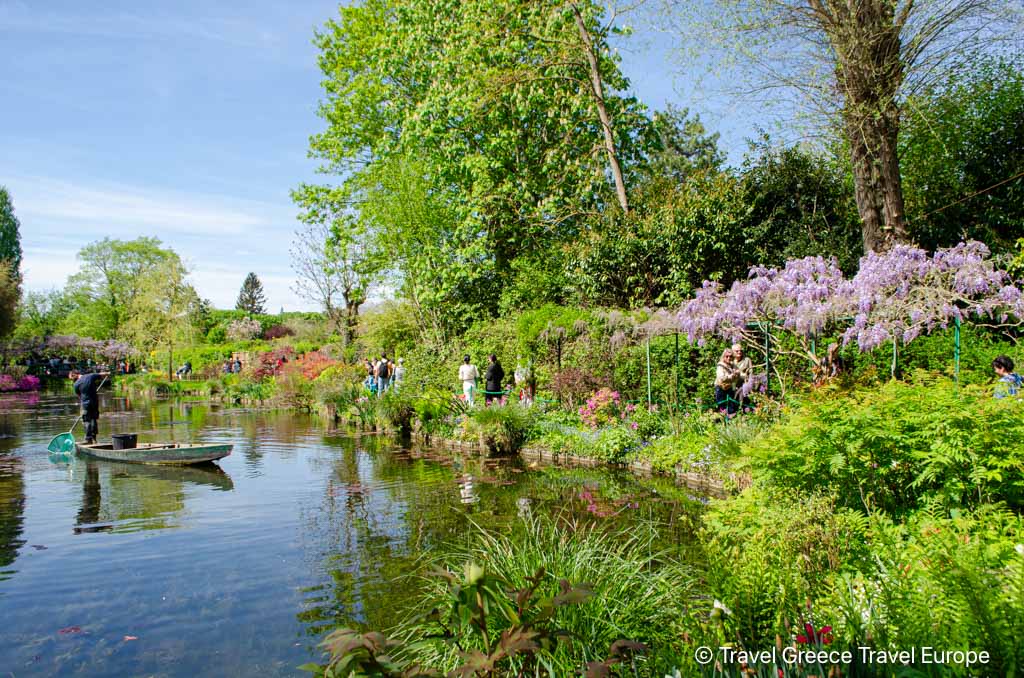
A short trip from Paris, Monet’s house and gardens in Giverny are a pilgrimage site for fans of Impressionism. The tranquil gardens and iconic Japanese bridge were immortalized in many of Monet’s works, offering visitors a glimpse into the artist’s world.
What to See:
Monet’s Home: Explore the artist’s beautifully preserved home, complete with original furnishings and personal artifacts.
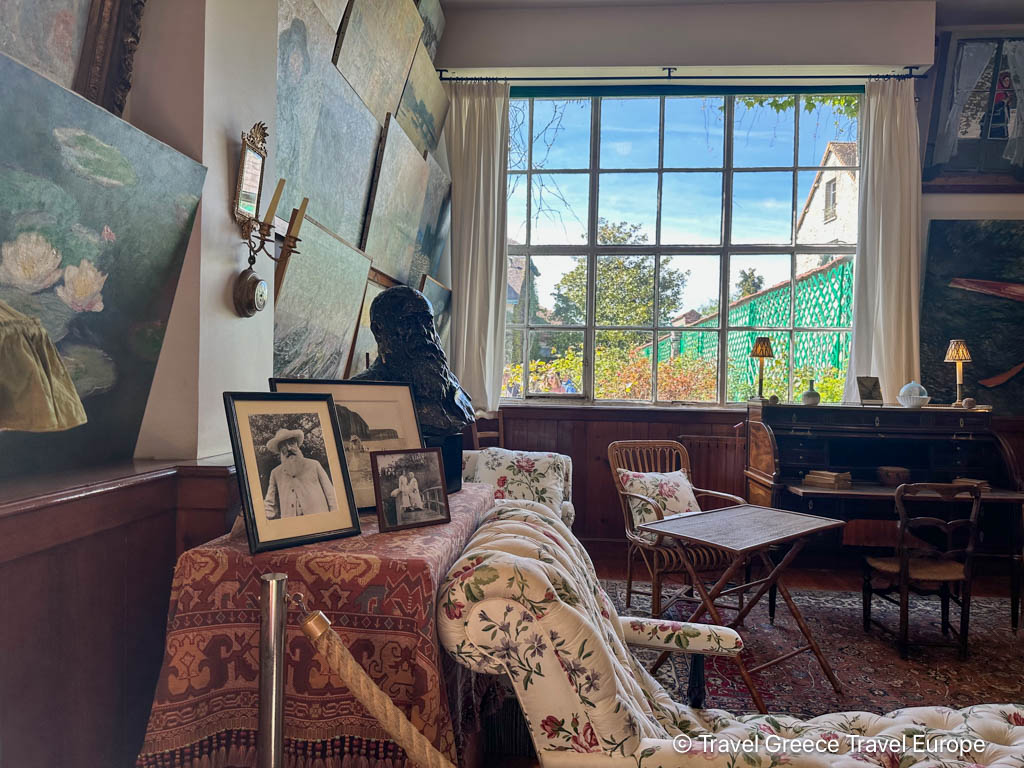
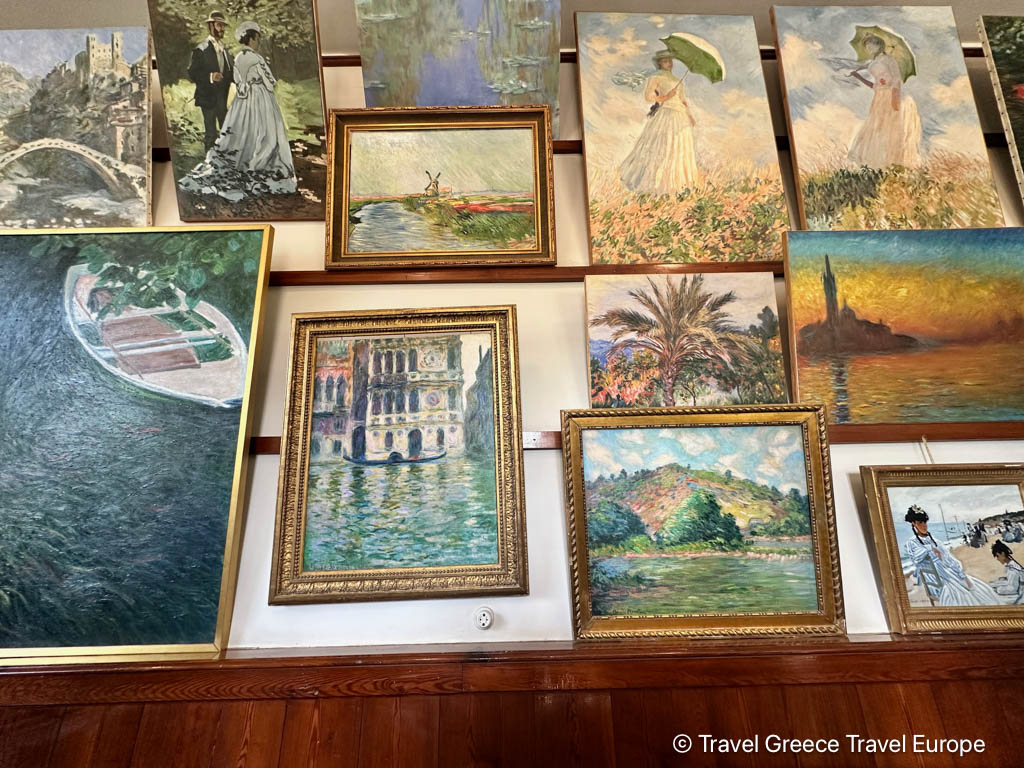
Japanese Bridge and Water Lily Pond: Stroll through the gardens and see the scenes that inspired some of Monet’s most famous paintings.
Flower Gardens: Wander through the vibrant flower gardens, meticulously maintained to reflect Monet’s vision.
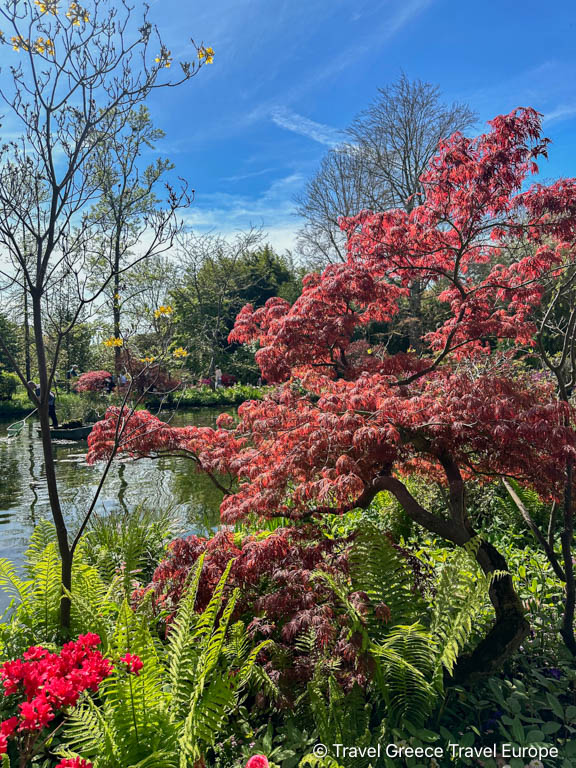
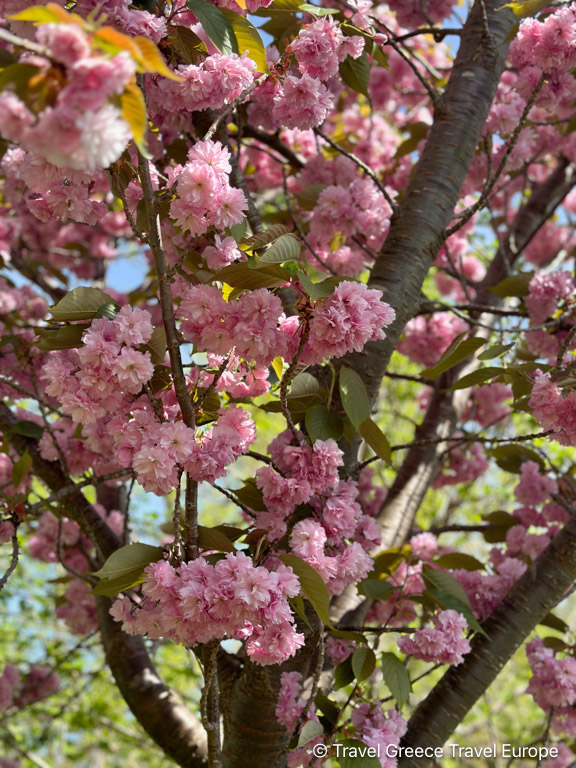
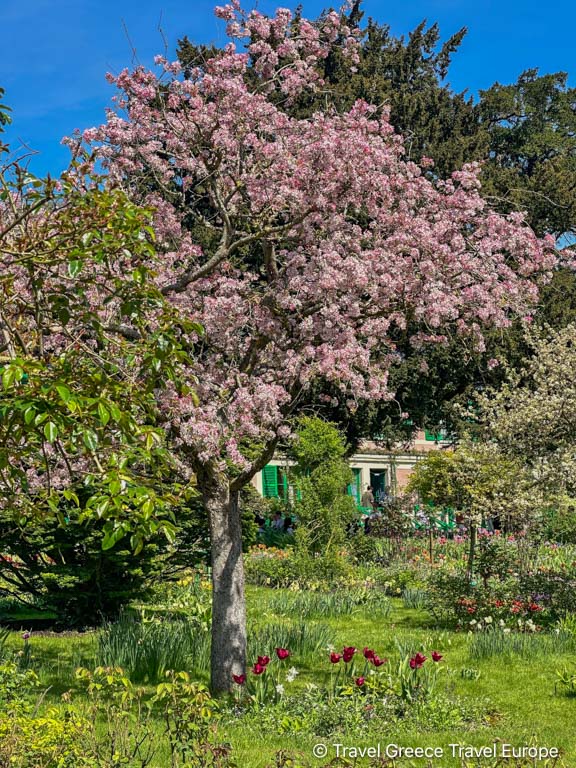
Travel Tips:
Getting There: Take a train from Gare Saint-Lazare to Vernon, then a shuttle bus to Giverny. Alternatively, join a guided tour for a hassle-free experience.
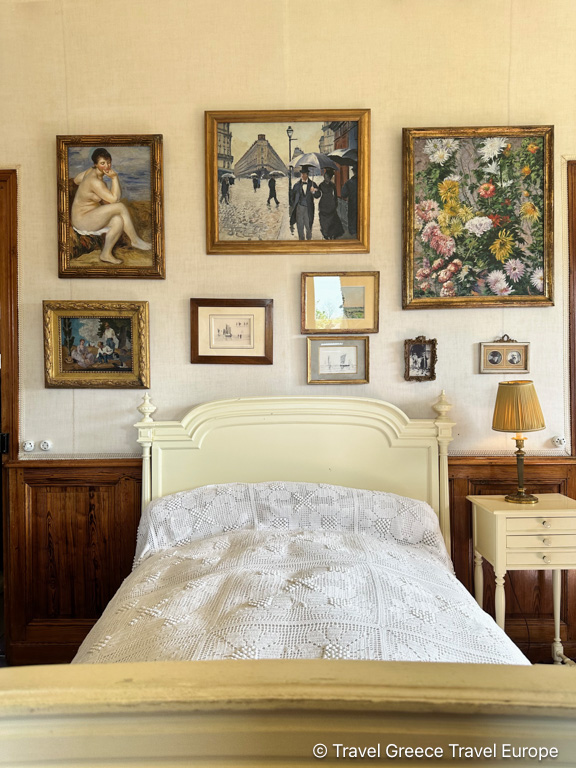
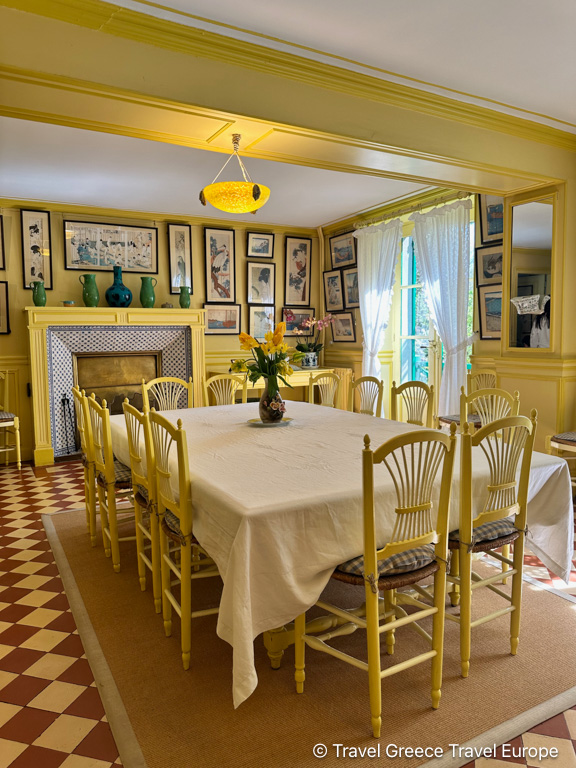
Best Times to Visit: Visit in late spring or early summer when the gardens are in full bloom. Arrive early to avoid crowds.
Tickets: Purchase tickets online to save time and ensure entry during peak seasons or book a guided small group tour from Paris – From Orsay to Giverny: Skip-the-Line Museum Tour & Exclusive Monet House Day Trip. I’ve personally taken this tour and really enjoyed the experience.
Château de Chantilly
Just a short journey from Paris, the Château de Chantilly is home to the Musée Condé and its impressive collection of Renaissance art. The château and its grounds offer a rich cultural experience, combining art, history, and nature.
Highlights:
- Musée Condé: Houses masterpieces by Raphael, Botticelli, and Delacroix, as well as an extensive collection of illuminated manuscripts.
- Library: The château’s stunning library contains rare books and manuscripts, including the famous “Très Riches Heures du Duc de Berry.”
- Gardens: Explore the beautiful gardens designed by André Le Nôtre, featuring fountains, parterres, and a grand canal.
Practical Information:
- Travel: Easily accessible by train from Gare du Nord. Take the train to Chantilly-Gouvieux, then a short taxi ride to the château.
- Visiting Hours: Check the château’s website for visiting hours and special events.
- Nearby Attractions: Combine your visit with a stop at the Living Museum of the Horse, located on the château grounds.
Contemporary Art and Modern Galleries
Centre Pompidou
The Centre Pompidou is a hub of modern and contemporary art, known for its striking architectural design. Its collection includes works by some of the most influential artists of the 20th and 21st centuries. The building itself, with its exposed structural system and vibrant color scheme, is an iconic example of high-tech architecture.
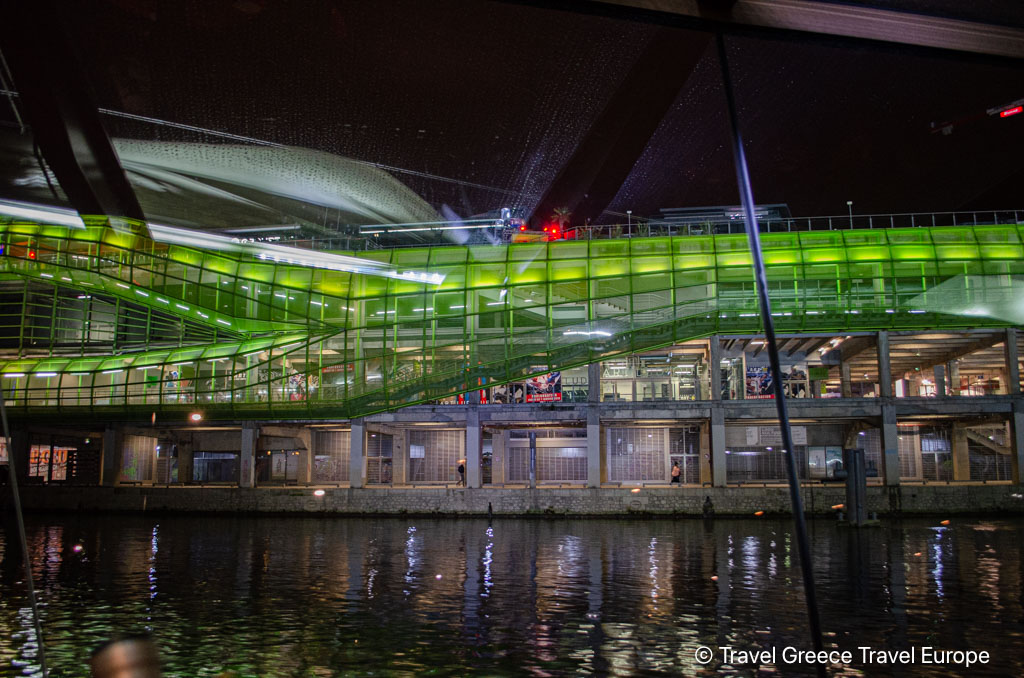
Highlights:
- Marcel Duchamp’s “Fountain”: A groundbreaking piece that challenges traditional notions of art.
- Wassily Kandinsky’s Abstract Compositions: Explore the vibrant and dynamic works of one of the pioneers of abstract art.
- Contemporary Installations: Regularly changing installations and exhibitions showcase cutting-edge contemporary art.
Visitor Tips:
- Rooftop Views: Visit the rooftop for a panoramic view of Paris, including a close-up view of the Eiffel Tower.
- Exhibitions: Check the schedule for upcoming exhibitions, performances, and events.
- Amenities: The Centre Pompidou offers several dining options and a well-stocked bookstore.
Le Marais District
Le Marais is the go-to district for contemporary art galleries. Its narrow streets are lined with some of the city’s most cutting-edge galleries, making it a must-visit for art enthusiasts seeking the latest trends in contemporary art.
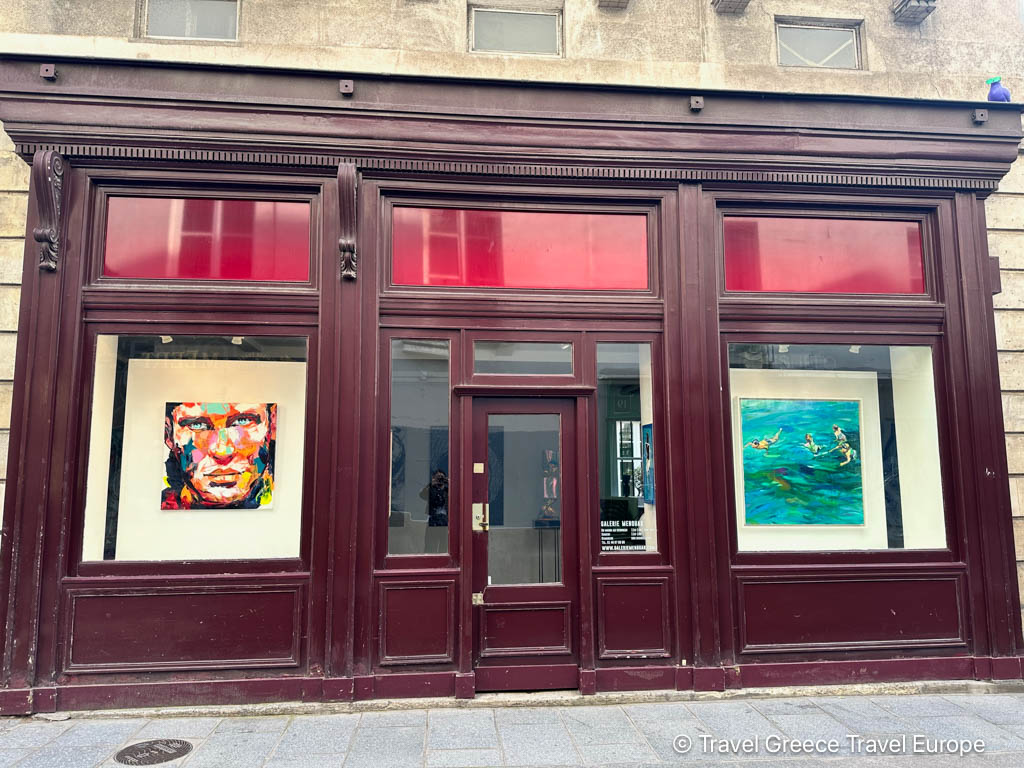
Notable Galleries:
- Galerie Perrotin: Features works by international contemporary artists such as Takashi Murakami and JR.
- Galerie Thaddaeus Ropac: Known for its exhibitions of modern art giants like Anselm Kiefer and Antony Gormley.
- Galerie Templon: Showcases a diverse range of contemporary art, from painting and sculpture to video and installation art.
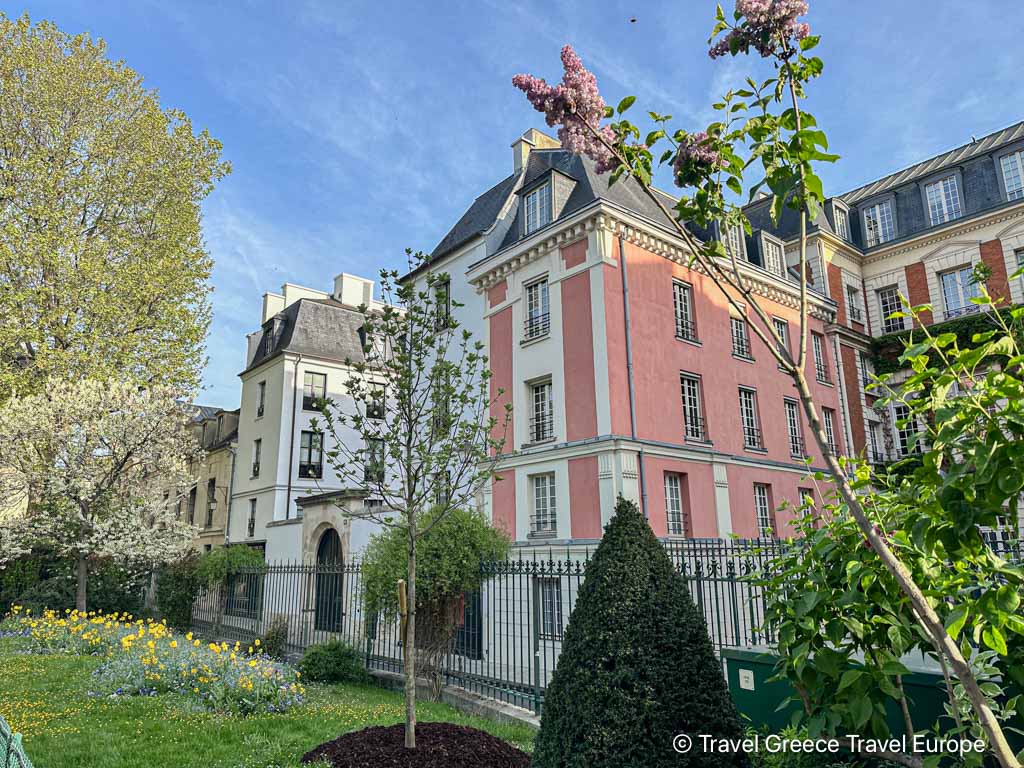
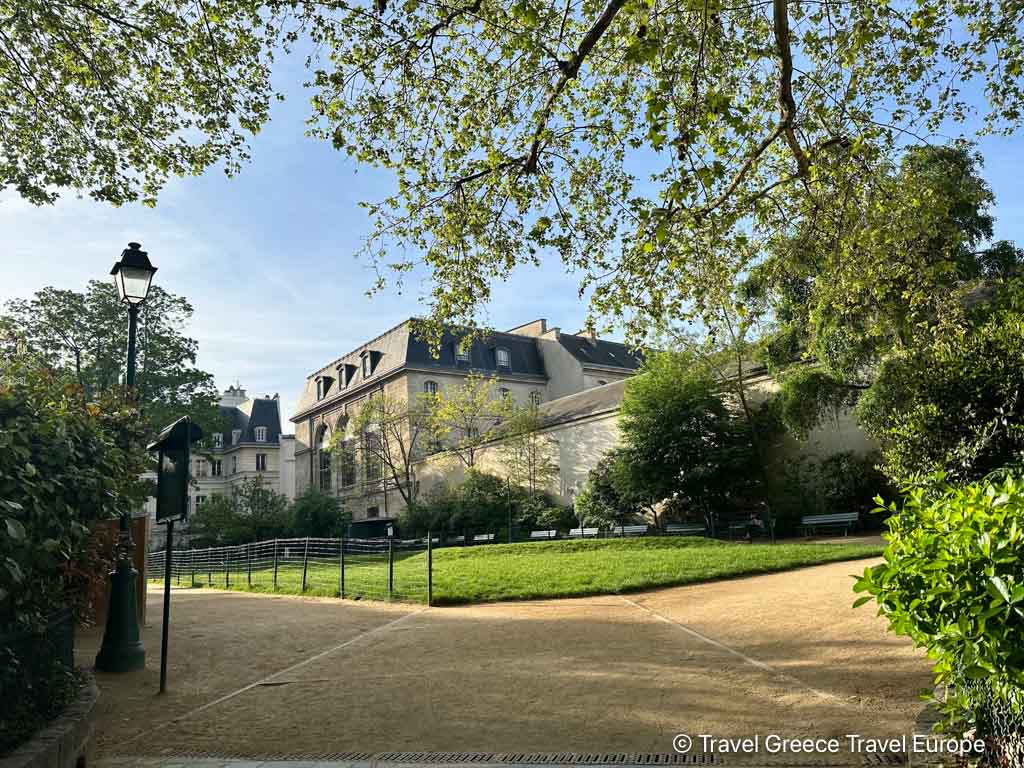
Art Walks:
- Gallery Hopping: Spend an afternoon exploring the many galleries in Le Marais. Most galleries are within walking distance of each other, making it easy to hop from one to another.
Special Events: Look out for gallery openings and art events that often take place in the evenings, offering a chance to meet artists and curators.
Artistic Experiences and Events
Art Fairs and Festivals
Paris hosts several prestigious art fairs and festivals throughout the year, offering art lovers the chance to see and buy works from emerging and established artists.
Major Events:
- FIAC (Foire Internationale d’Art Contemporain): Held annually in October, showcasing contemporary art from around the world.
- Paris Art Fair: Another key event in the art calendar, featuring galleries from across the globe.
Art Workshops and Classes
Engage with Paris’s art scene by participating in workshops and classes. These experiences offer a hands-on approach to art and a deeper connection to the city’s creative spirit.
Recommendations:
- Ateliers Beaux-Arts de la Ville de Paris: Offers a variety of art courses for all skill levels.
- La Villa Bastille: Known for its painting and drawing workshops.
Conclusion
Paris is not just a city; it’s a living gallery where art history and contemporary creativity intersect. Whether you are wandering through its grand museums, exploring its charming quarters, or venturing out on inspiring day trips, Paris offers an endless feast for the eyes and soul. Immerse yourself in the artistic heritage and vibrant creativity of the city, and let Paris for art lovers become your own personal story.
For more information on planning your artistic journey through Paris, check out the links in this article for booking tickets, guided tours, and additional resources. Bon voyage!

